Solid Budget Choice!
Review Summary
If you can live without wireless connectivity and are looking for a pocket-friendly Z790 motherboard that still provides Gen5 base connectivity for storage and PCIe, then look no further, as ASRock Z790 PG Riptide has got you covered.
Hours Tested: 15-17
Overall
-
Design - 9.4/10
9.4/10
-
Performance - 8.9/10
8.9/10
-
Overclocking - 9/10
9/10
-
Budget - 9.1/10
9.1/10
Pros
- 14+1+1 Power Phases
- Adequate VRM/MOSFET Cooling
- 1x PCIe Gen5 x16 slot
- 1x PCIe Gen5 M.2 Port
- 1x PCIe Gen4x4 slot
- 4x Hyper M.2 Gen4x4 NVMe ports
- 1x WiFi M.2 2230 port
- 1x USB Type-C Gen 2×2 port
- Subtle RGB Lighting under Chipset Cover
- 5 GbE LAN Connectivity
- 2x Lightning Gaming USB Ports
- Overall good performance
Cons
- Only 1x USB 3.2 Gen2x2
- No USB 3.2 Gen2 Port
- No Wireless Connectivity
- No Debug LED
- Just Ok Audio Solution
- Tilted Clear CMOS Connector
ASRock is recognized for producing high-quality hardware. Their production also expands beyond motherboards to include graphics cards, monitors, mini PCs, and industrial/server-grade solutions. They offer various motherboard lines, including the well-received Taichi series and the enthusiast-oriented AQUA series. In this review, I will test the Z790 PG Riptide motherboard from their Phantom Gaming (PG) series.
I have also tested the ASRock Z790 Steel Legend WiFi, make sure to check it out.
Key Takeaways
- The ASRock Z790 PG Riptide is a budget-friendly motherboard that supports both Intel’s Gen 12th & 13th along with the latest technologies like DDR5.
- The ASRock Z790 PG Riptide is for those who want a value-oriented motherboard that can also satisfy your robust power delivery requirements with its 16-phase VRM design.
- The ASRock Z790 PG RIptide is not for anyone looking for a motherboard that supports wireless connectivity as the ASRock Z790 PG Riptide lacks such features.
Also Read: Best Z690 Motherboards
Let’s start with the specifications.
| Product | ASRock Z790 PG Riptide |
| Chipset | Z790 |
| Power Phase | 14+1+1 Power Phase, 50A Dr.MOS for VCore+GT |
| Socket | LGA1700 |
| Memory | Dual Channel, Supports DDR5 non-ECC, un-buffered memory up to 7200+(OC) |
| DIMM Slots | 4x DDR5 DIMM Slots |
| Slots | 1x PCIe 5.0, 1x PCIe 4.0, 1x PCIe 2.0, 1x M.2 Socket |
| Storage | 4x Hyper M.2 Socket, 1x Blazing M.2 Socket, 8x SATA3 6.0 Gb/s Connectors |
| USB | 1x USB 3.2 Gen2x2 Type-C (Front), 2x USB 3.2 Gen2 Type-A (Rear), 1x USB 3.2 Gen1 Type-C (Rear), 6x USB 3.2 Gen1 Type-A (4 Rear, 2 Front), 6x USB 2.0 (2 Rear, 4 Front) |
| Form Factor | ATX Form Factor |
Packaging and Unboxing
Closer Look
ASRock Z790 PG Riptide motherboard is a mid-range gaming motherboard with a few hits and misses here and there to bring the overall proposition at a user-friendly price. It has a full ATX size and blue color accent with gray and black colors giving a pleasant look. Let’s start exploring the motherboard.
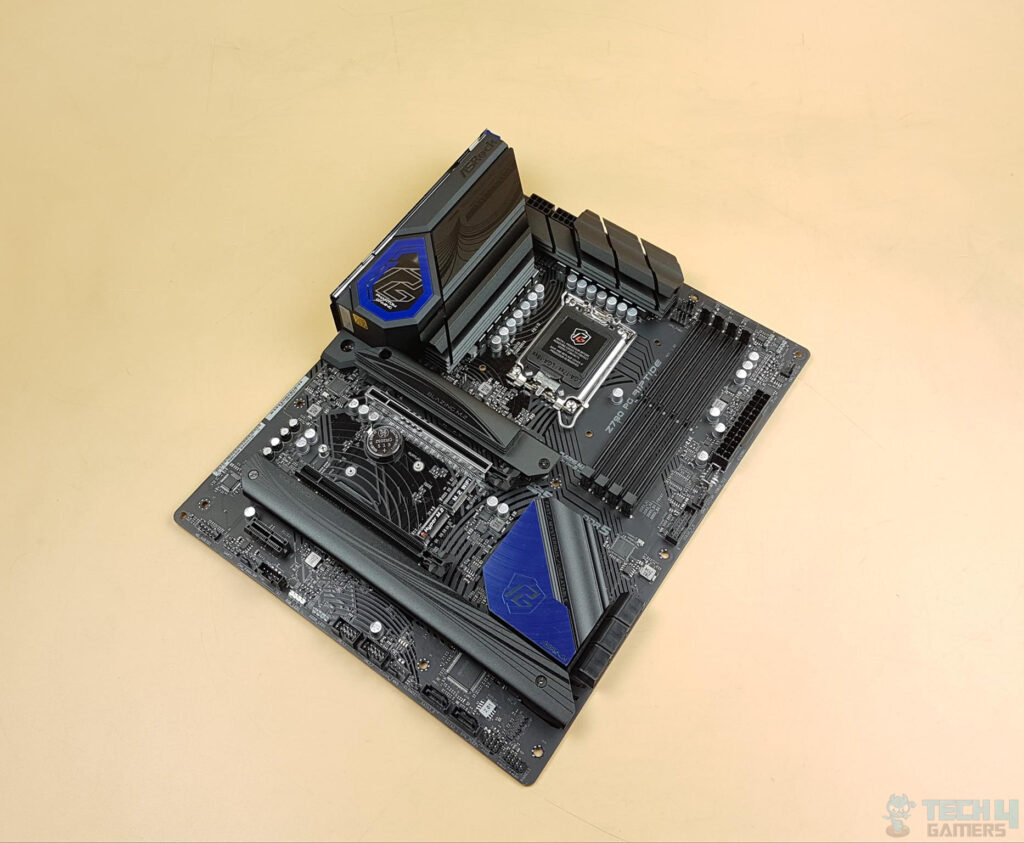
ASRock has done a good job in the overall layout and placement of the components. ASRock’s Phantom Gaming motherboard features a stylish black PCB with gray and black heatsinks. The RGB-backlit Phantom Gaming logo on the chipset cover utilizes POLYCHROME SYNC.
CPU Socket, Heatsink, VRM, and Power Delivery
ASROCK Z790 PG RIPTIDE uses the LGA1700 socket, ensuring compatibility with both 12th and 13th-gen Intel platforms. The socket’s protective cover aligns with a marked arrow on the socket, addressing previous ILM design concerns. We opened the lid to show the socket itself and contact pins. It should be mentioned that the CPU coolers compatible with Intel LGA1700 will work with the 13th generation as well.
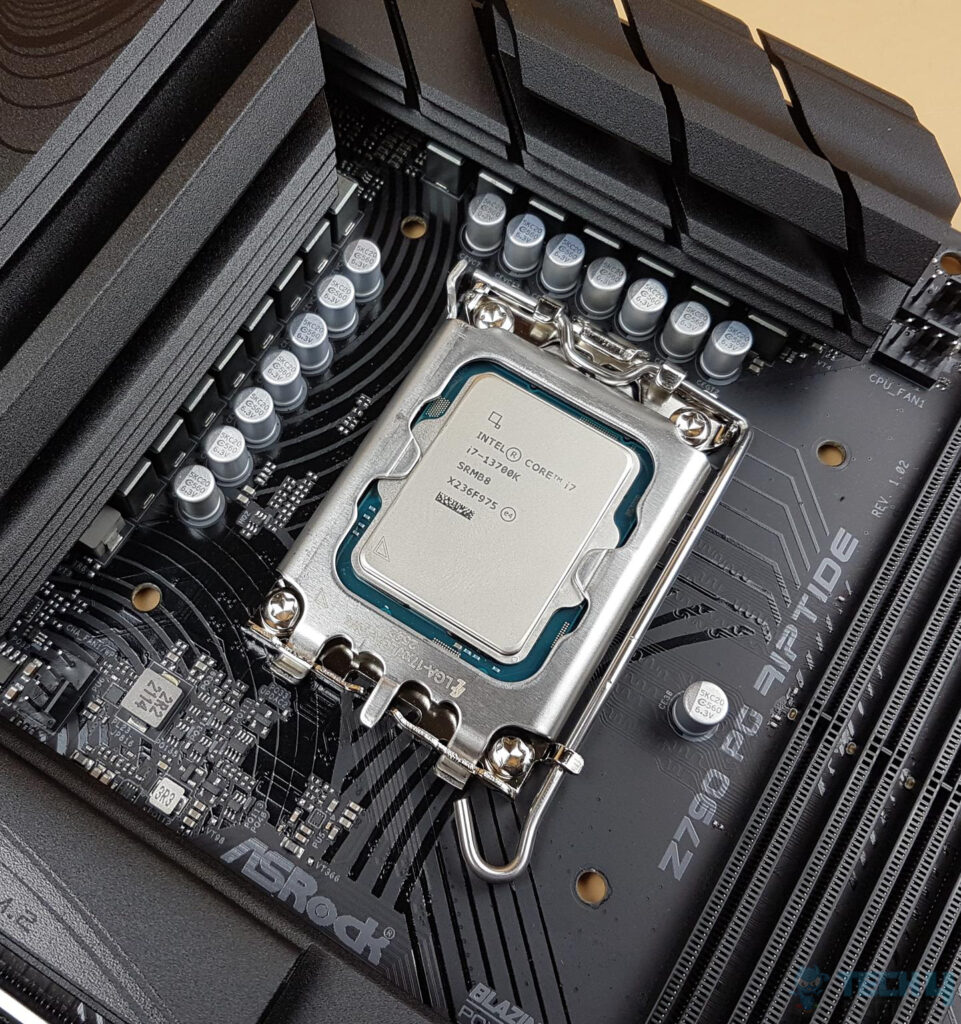
We installed the Intel Core i7-13700K during the picture shoot. This CPU was used to test this motherboard.
ASRock prioritizes sustained performance with a robust cooling solution for VRM/MOSFETs on the Z790 PG RIPTIDE. Two aluminum heatsink covers, not connected by a heat pipe, efficiently manage heat transfer. The right cover features stylish Phantom Gaming Series stenciling, while the top cover remains unbranded.
Thermal pads, around 2mm thick and gray in color, contribute to effective heat dissipation. Despite unspecified thermal conductivity, the layered design maximizes the surface area for efficient cooling, addressing concerns at its price point.
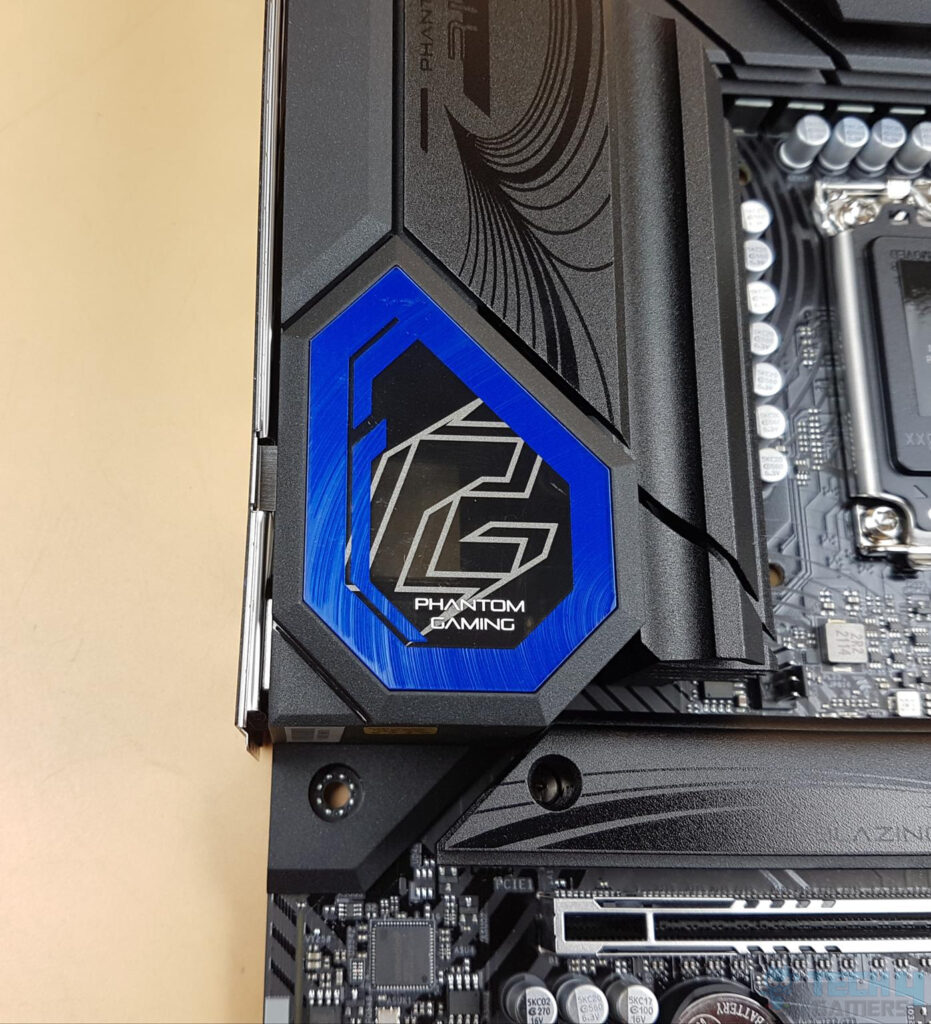
The rear IO panel cover has a Phantom Gaming blue color sticker. It is not RGB backlit.
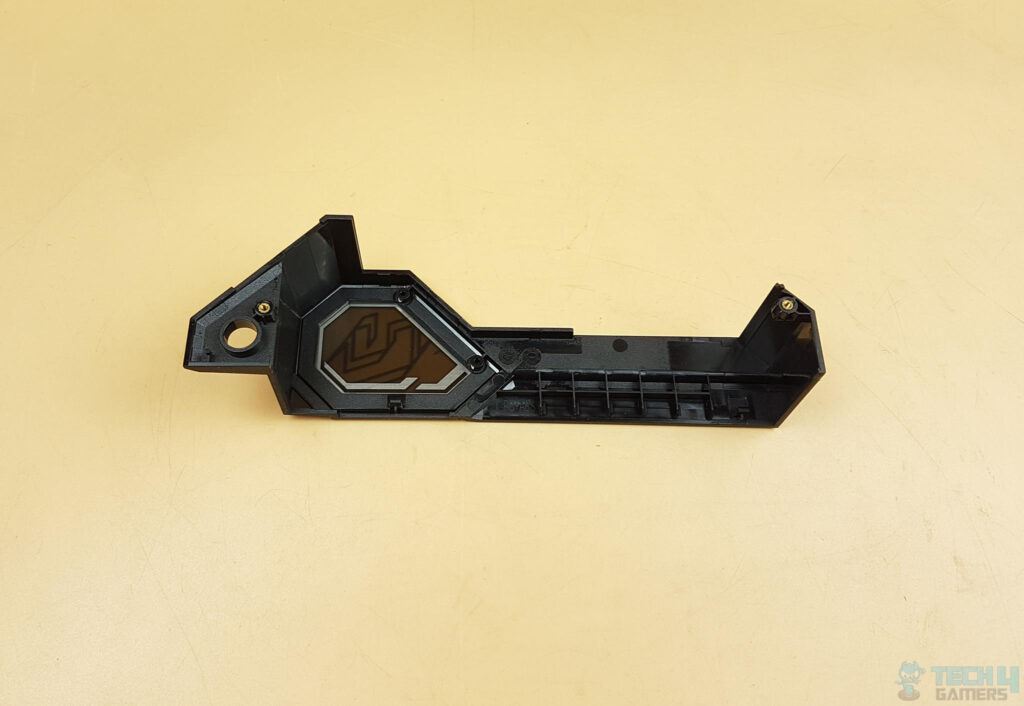
We can see under the side of the top cover. It is made of plastic material. While we are at it, let’s take a look at the power delivery of the motherboard.
ASROCK Z790 PG RIPTIDE motherboard has adequate digital power phases. There are 14 phases for VCore, with 1 phase for VCCGT and 1 phase for VCC AUX.
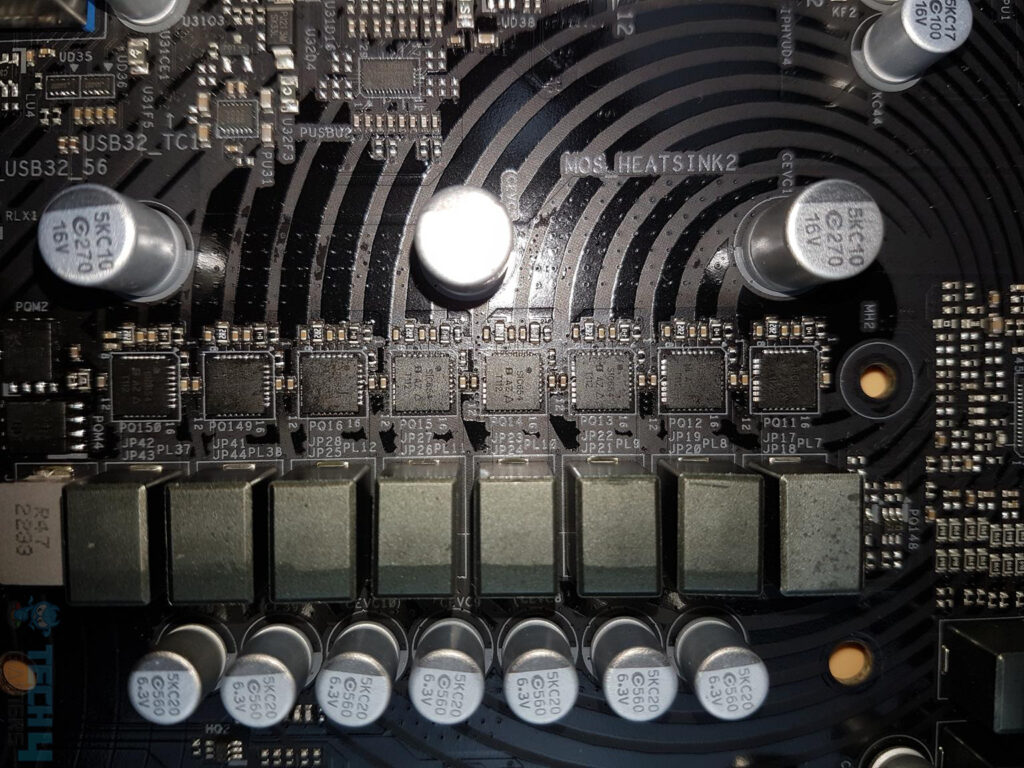
ASRock employs Vishay Siliconix SiC 654 MOSFETs in the Z790 PG RIPTIDE motherboard. Optimized for synchronous buck applications, these high-frequency integrated power stages provide high current, efficiency, and power density, minimizing shutdown current. Based on TrenchFET technology, they reduce switching and conduction losses, rated for 50A current.
These VRPower (Dr. MOS) MOSFETs deliver over 50A continuous current, 70A peak (10 ms), and 100A peak (10 μs), enhancing power management performance. Since these are 50A-rated MOSFETs, we have a total of 700A for the power delivery to VCore. We have 50A for GT and 50A for AUX.
ASRock utilizes the Richtek RT3628AE PWM controller to manage the MOSFETs on the Z790 PG RIPTIDE motherboard. This synchronous buck controller complies with Intel IMVP9.1 requirements, supporting two output rails. It features Richtek’s G-NAVPTM topology for easy droop adjustment, adhering to Intel CPU AVP requirements. The RT3628AE introduces Adaptive Quick Response (AQR) mechanisms, enhancing AVP performance during load transients and reducing the need for output capacitors.
The motherboard utilizes a doubler design with a controller supporting 14 phases (8/7/6/5/4 for CORE VR + 1 for AXG VR). It incorporates two 8-pin EPS connectors for robust power delivery, ideal for extreme overclocking on high-end CPUs. The 6-layer PCB with 2-ounce copper inner layers ensures stable signal traces and power shapes, lowering temperatures and enhancing energy efficiency. This design is particularly advantageous for memory overclocking, supporting the latest modules for optimal performance.
DIMM Slots
The ASRock Z790 PG RIPTIDE motherboard features 4 DDR5 DIMM slots without steel reinforcement, supporting up to 128GB RAM (32GB per stick). With a Dual Channel design, it accommodates un-buffered DIMM 1Rx8/2Rx8/1Rx16 modules. Default speed is 4800MHz, upgradable to 7200MHz (with BIOS update). Latches secure both ends of the slots. The Memory Dynamic Boost allows frequency switching without XMP.
Limitations based on populated sticks and speed: 1DPC 1R up to 7200+ MHz, 1DPC 2R up to 6000+ MHz, 2DPC 1R up to 5600+ MHz, and 2DPC 2R up to 4800+ MHz. Supports XMP 3.0 and AMD EXPO.
ASRock’s DDR5 motherboards include a protection circuit to reduce the risk of module damage during installation or removal, but they haven’t confirmed if these boards can bypass the locked PMIC in DDR5 kits for extreme overclocking. The Z790 PG RIPTIDE model may support higher DDR5 speeds that are not enabled by default. Some DDR5 modules are locked at 1.1V, which could limit overclocking, though this isn’t necessarily a disadvantage.
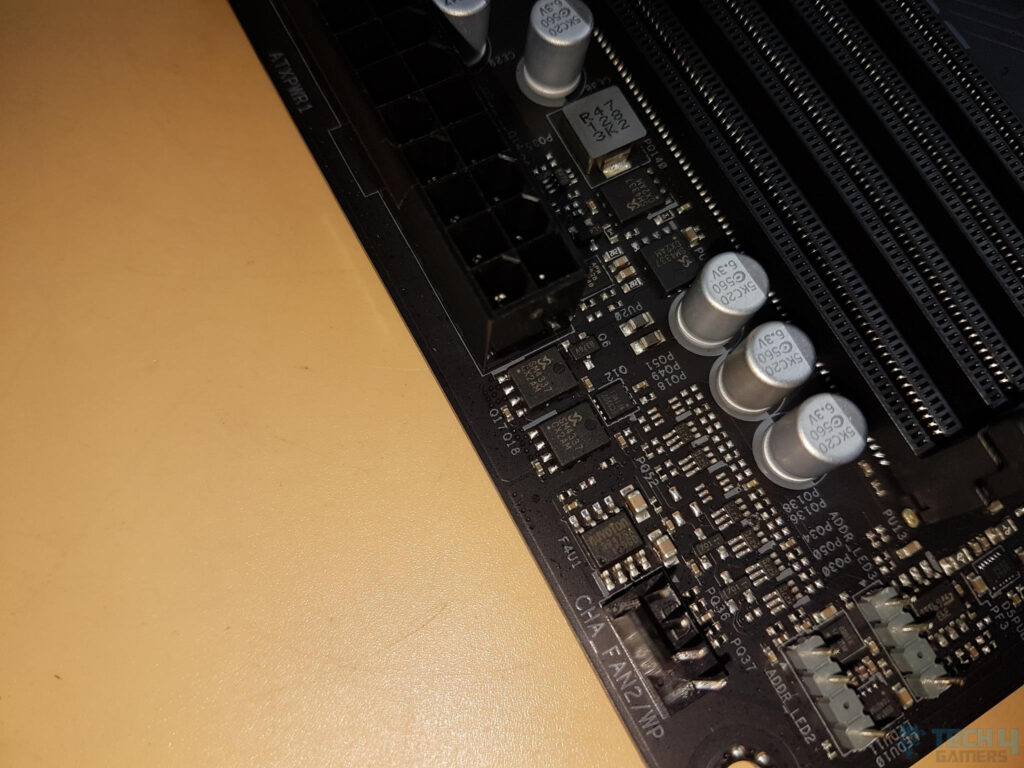
There are two SM4337 N-Channel rated at 30V, and 55A MOSFETs, probably for the power delivery of DIMM slots. There are further two similar MOSFETs below the circuitry.
M.2 Ports
The motherboard features numerous M.2 ports, with a notable PCIe Gen5-based M.2 slot for high-speed NVMe SSDs. Yet, there are three catches to consider, to be discussed shortly. We can see a gray and black color combination on the top M.2 cover. The top section has what ASRock is using, the Blazing M.2. This top cover is made of aluminum and acts as a heatsink. It is quite stylish and has some depth to provide more surface area for effective heat dissipation.
The motherboard boasts two ports: the left one is PCIe Gen 4, while the right one is PCIe Gen 5. Despite featuring 6 M.2 ports, only 4 can be utilized simultaneously, as either of the top two ports can be used.
The above picture shows the second M.2 cover with the same style, but it is a single piece of aluminum without any depth. Since it has almost double the length of the top cover so it would still serve its purpose in an effective manner, it is labeled as M.2 ARMOR.
We have two M.2 ports at the base. These are PCIe Gen4-based ports and are wired to the chipset.
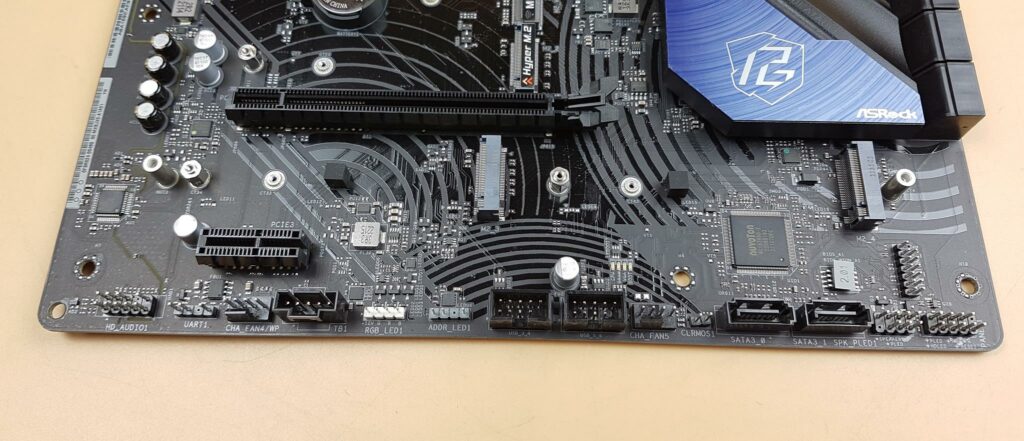
The motherboard includes two additional middle section M.2 ports. The top NGF form factor port is reserved for a separate purchase of a Key-E type WiFi/BT module (2230 form factor). The bottom port is a Gen4 Hyper M.2 linked to the chipset. However, one M.2 port is exclusively for WiFi, and users can utilize only one of the top two ports.
In total, the motherboard accommodates 4 M.2 SSDs, supporting 2260 and 2280 form factors, except for the top PCIe Gen4 and Gen5 ports, which exclusively support 2280 form factor.
PCIe Slots
This motherboard has 3x PCIe slots. ASRock has put a good implementation of the two slots.
The topmost PCIe slot is wired to the CPU socket and is a fully functional PCIe Gen 5 x16 slot with a theoretical bandwidth of 128GB/s. This slot is stainless-steel reinforced. The reinforced steel slot is capable of supporting PCI Express 5.0 standard.
SMT-type PCIe slots enhance signal flow and stability for full support of PCIe 5.0’s high. The latest PCI Express 5.0 is capable of performing a breathtaking bandwidth of 128GBps. The second slot, is a PCIe Gen4 x4 slot connected to the chipset, offering a smart x4 design. The last slot is a PCIe Gen3x1, sharing Gen3 lanes with the Intel Killer 2.5 GbE NIC in X1 mode.
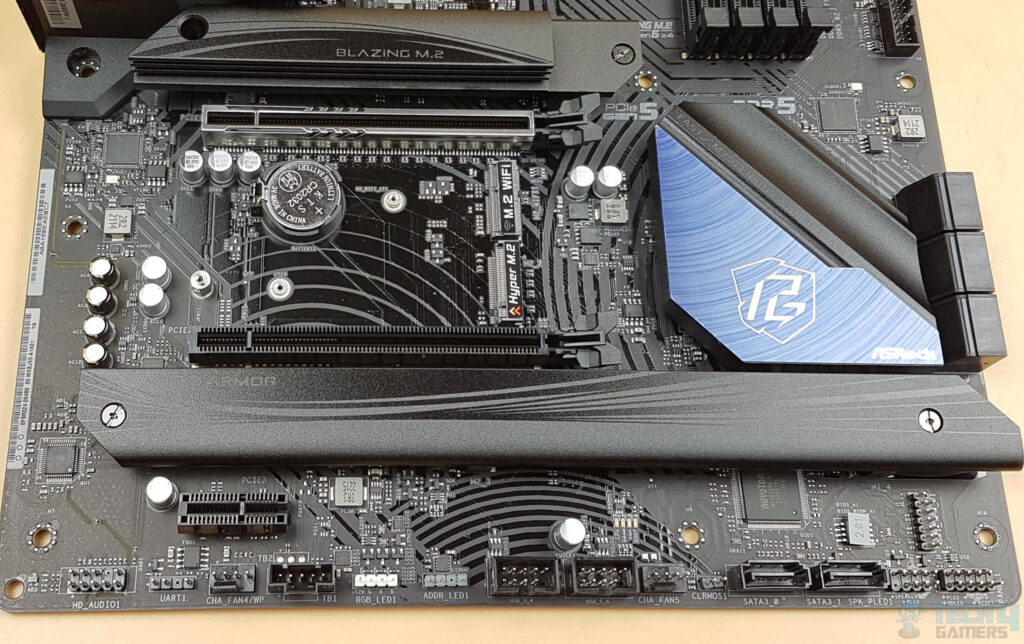
Z790 Chipset
Now, it is time to take a look at the Z790 chipset area.
The chipset sports a low-profile aluminum cover with a Phantom Gaming RGB-lit logo on the right side, the sole RGB feature on the motherboard. The ASROCK branding is in white at the base. We removed the chipset cover but did not remove the thermal pad as it could tear. This pad is gray in color. The chipset has a clean power delivery with VRMs on the right side of the chipset. They are driven by SM4337 N-Channel MOSFETs.
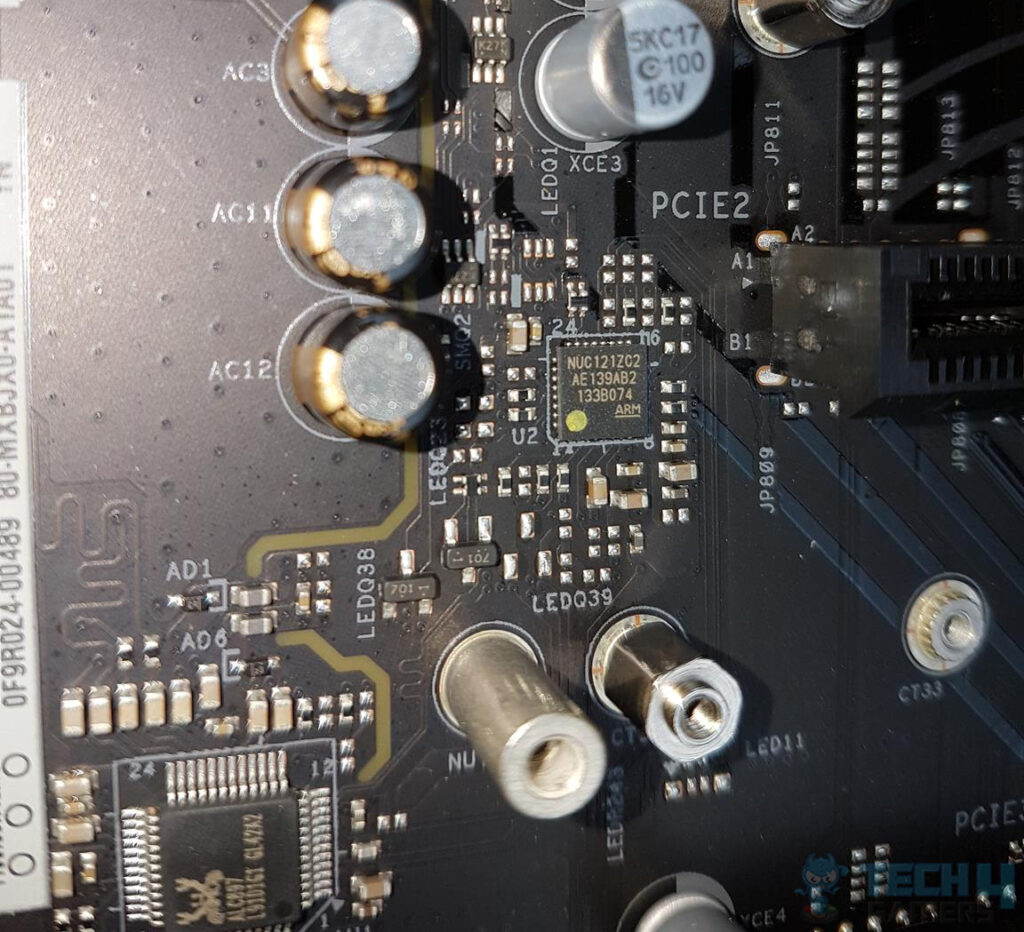
The ASRock Z790 PG Riptide has SM Bus-connected microcontroller to a Nuvoton NUC 121ZC2 ARM microcontroller connected to USB. This device is responsible for controlling the RGB illumination of the motherboard. This chip also monitors the state of the board.
Audio Solution
The audio solution on this motherboard is adequate though nothing extraordinary. It uses RealTek ALC897 codec to drive the audio solution. This is just an ok solution which could have been better in my opinion.
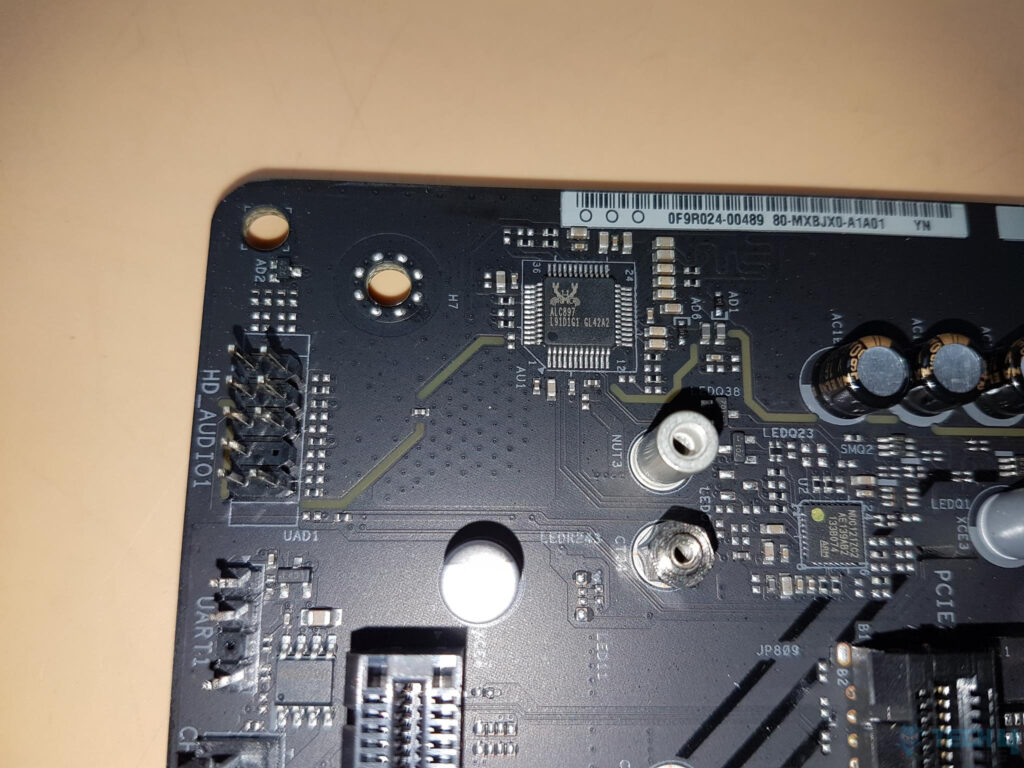
The motherboard features well-shielded audio circuitry with 4 high-end WIMA and Fine-Gold capacitors. It doesn’t offer a Hi-Res Audio solution but incorporates Nahimic Audio support as a software-level enhancement.
Networking Connectivity
We have two main areas here:
- Wireless connectivity
- Wi-Fi
- Bluetooth
- Wired connectivity
Wired Connectivity
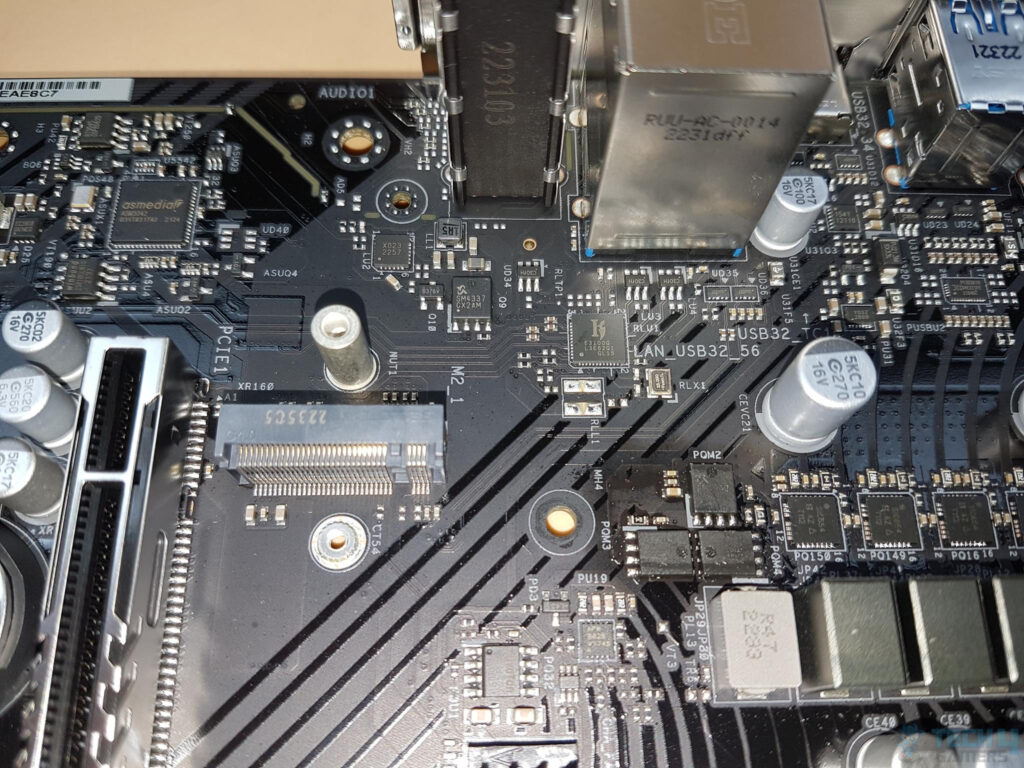
The motherboard employs the Intel Killer E3100G controller for wired network connectivity, offering a single RJ-45 port with 2.5GbE speed. It supports 10/100/1000/2500Mbps. ASRock’s specialized engine and drivers enhance detection and prioritization for gaming and multimedia.
The Killer GameFast Technology, easy to use, frees up to 10% of CPU cycles and 20% of memory for a smoother gaming experience. The Intel Killer Prioritization Engine automatically detects and prioritizes gaming traffic, while the Intel Killer Intelligence Center allows customization.
Wireless Connectivity
There is no wireless connectivity on this motherboard, as we mentioned above. There is an E-Type, 2230 M.2 port which can be populated with WiFi/BT PCIe WiFi module and Intel® CNVio/CNVio2 (Integrated WiFi/BT).
USB Connectivity
The USB connectivity is provided by the chipset:
- 1 x USB 3.2 Gen2x2 Type-C (Front)
- 2 x USB 3.2 Gen2 Type-A (Rear)
- 1 x USB 3.2 Gen1 Type-C (Rear)
- 6 x USB 3.2 Gen1 Type-A (4 Rear, 2 Front)
- 6 x USB 2.0 (2 Rear, 4 Front)
We can see the plethora of USB connectivity options on this motherboard.
This board has USB 3.2 Gen 2×2 over Type-C interface, providing a theoretical bandwidth of 20Gbps on the front I/O panel. There are two USB ports on the rear panel, which is mentioned as Lightning Gaming Ports. We will discuss them in the testing section.
The ASM1074 is a 4-port USB hub in downstream configuration from the chipset. This controller is from ASMedia. It is a USB3.2 Gen 1 Hub controller for Super-Speed USB3.0 and USB2.0 interface.
ASRock utilizes the ASM3042 ASMedia controller, a next-gen USB xHCI host controller linking PCIe to USB 3.2. Compliant with USB 3.2 Specification Revision 1.0 and Intel eXtensible Host Controller Interface specification revision 1.1, it supports two USB3.2 Gen1 x1 ports, delivering high-speed bandwidth with PCIe Gen3 support. The controller features advanced power management, reducing total power consumption efficiently during idle/standby states.
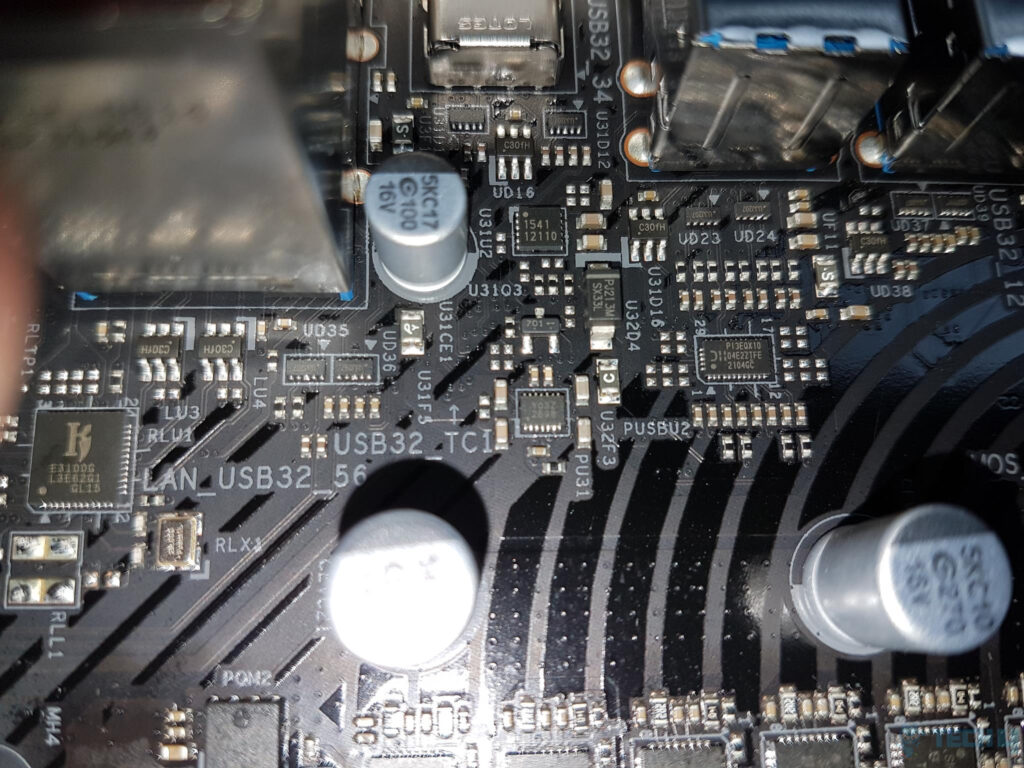
The PI3EQX1004E is a low-power, high-performance 10.0 Gbps 2-Port USB 3.1 linear ReDriver™ designed specifically for the USB 3.1 protocol. It supports four 10Gbps differential signal pairs and is fully compliant with USB 3.1 standards.
Internal Connectors
Now that we have covered the main features, functions, and design of the motherboard, let’s take a look at the internal connectors.
- 4-Pin PWM CPU FAN Header
- 4-Pin PWM CPU Fan/Pump Header
3-pin A-RGB port provides up to 15W for the LED Strip using 5V/3A.
CPU Fan1 is rated at 1A, whereas CPU_Fan2/WP is rated at 2A. CHA_FAN1 to CHA_FAN4 are rated at 2A each. Out of these fan headers, only CPU_FAN2/WP and CHA_FAN1 to CHA_FAN4 can detect the connected fan type i.e., PWM or DC. Surprising to see that CPU_FAN1 does not have this function.
ASRock is using nuvoton 3947S controller for the PWM fan/pump headers.
Next, we have:
- A 24-Pin ATX Connector
- 2 Gen2x2 Front Panel Connector
- CHA_FAN3/WP
- 2 Gen1 Header
The PI3EQX2004ZHE handles the USB Type-C 3.2 Gen2x2 port. ASRock has implemented this connector for the front panel connectivity. I wish they had done it on the rear IO panel.
Next, down the line, we have 6x SATA 6Gbps ports wired directly to the Chipset.
There is a 4-pin Fan/Pump header under the CPU socket. It is rated at 2A, providing up to 24W power.
ASRock has provided 4x LEDs to troubleshoot the issues should one encounter. These are for the VGA, CPU, BOOT, and DRAM. They provide additional troubleshooting aid to the. In case of an issue, the corresponding LED will remain lit until the issue is resolved. There is no Debug LED on this board. ASRock has named these as Post Status Checkers.
There is a 13-pin TPM header. It is implemented on the SPI bus.
ASRock utilizes the Nuvoton NCT6796D-E controller as the main IO controller chip. Part of Nuvoton’s Super I/O series, it monitors critical PC hardware parameters, including power supply voltages, fan speeds, and temperatures. The controller supports current mode and thermistor mode sensing, incorporating SMART FANTM I and SMART FANTM IV algorithms for fan speed control. It communicates via LPC and eSPI interfaces, implementing Intel PECI, AMD SB-TSI, Intel S0iX glue logic, and Port 80 diagnostic messages.
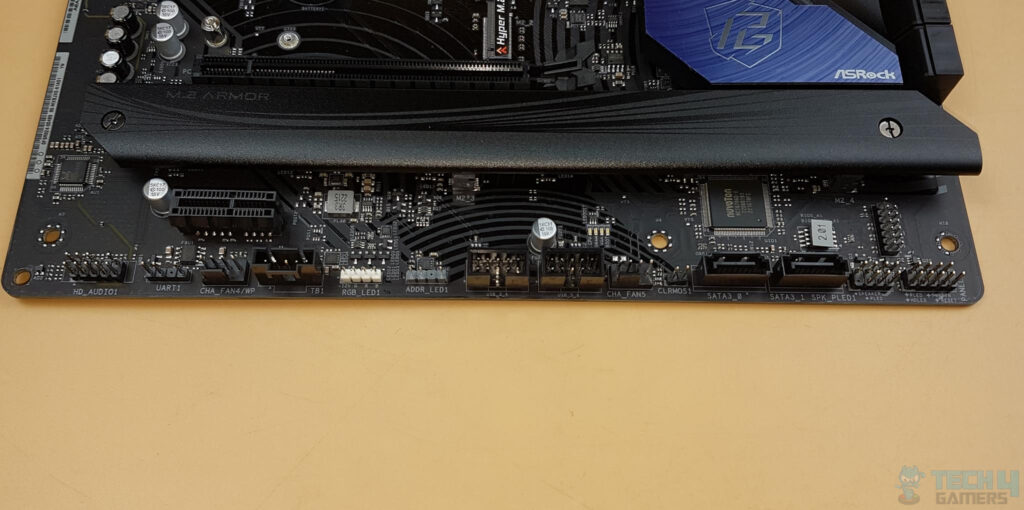
Now, let’s take a look at the bottom connectivity options on this motherboard.
Starting from the right side, there’s a Front Panel header. Refer to the manual for cable connectivity. Next is a Speaker header. Two more SATA 6Gbps connectors follow, along with a tilted Clear CMOS jumper, perhaps an oversight in QC. Moving on, there’s a CHA_FAN5 Fan/Pump header rated for 2A.
Continuing, there are two 9-pin USB 2.0 headers, a 3-pin A-RGB header (15W), and a 4-pin RGB header (36W). A 5-pin proprietary Thunderbolt header is present, compatible only with ASRock’s Thunderbolt Add-In card using a GPIO cable. Finally, there’s a 4-pin PWM CHA_FAN4 Fan and Pump header (2A), followed by a UART port. The last component is the Front Panel HD Audio connector.
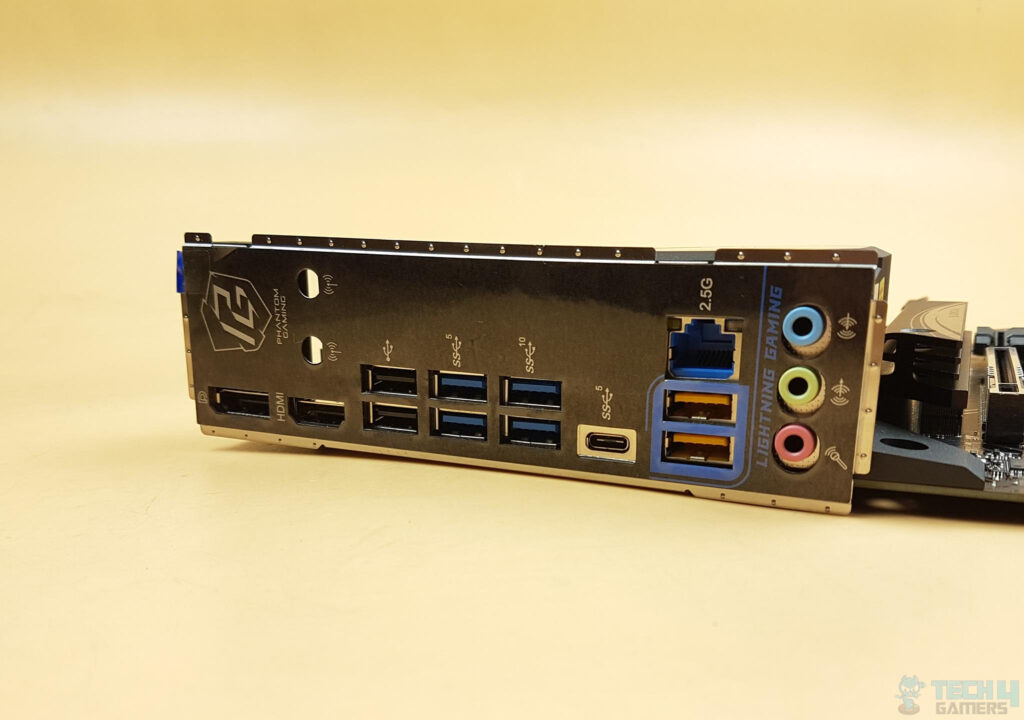
The following options are provided:
- 2 x Antenna Mounting Points
- 1 x HDMI Port
- 1 x DisplayPort 1.4
- 2 x USB 3.2 Gen2 Type-A Ports (10 Gb/s)
- 1 x USB 3.2 Gen1 Type-C Port
- 4 x USB 3.2 Gen1 Type-A Ports (USB32_56 are Lightning Gaming Ports.)
- 2 x USB 2.0 Ports
- 1 x RJ-45 LAN Port
- HD Audio Jacks: Line in / Front Speaker / Microphone
The above gallery includes a picture of the backside view of the motherboard.
UEFI/BIOS
This is my first time with ASRock, so UEFI/BIOS run would be a first-time experience. In my opinion, after using this motherboard for some time, ASRock has provided the most user-friendly BIOS in terms of simplicity of the layout, combining the related settings under one head. I have been praising MSI before this, followed by ASUS and then GIGABYTE. I will walk the reader through key settings and variables as this is the first time on ASRock.
Software
ASRock has provided 3x software with this motherboard which you can download from their website.
- ASRock Motherboard Utility (Phantom Gaming Tuning)
- Killer Control Center
- ASRock Polychrome SYNC
It is good to see that brands are moving towards a time when their software can be downloaded automatically. All that you need to do is to enable the Automatic Software Download option in the BIOS. As soon as you are booted into Windows, the program will prompt for searching and downloading software.
Now that we have covered the UEFI/BIOS and Software, It is time for actual testing of the ASRock Z790 PG Riptide motherboard and results.
Test Setup
We have used this configuration to measure the performance of the motherboard:
- Intel Core i7-13700K [Auto, Stock]
- ARCTIC Liquid Freezer – II 420 [Fans and Pump at full speed]
- Alphacool Sub-Zero Thermal Paste
- XPG Lancer RGB 32GB @ 6000MHz, CL40 DDR5
- Sabrent Rocket 4 Plus 2TB PCIe 4 NVMe SSD
- Samsung 840 EVO 1 TB SSD for the Games
- Sabrent Rocket NANO 2TB USB 3.2 Gen2 External Drive
- Sabrent Rocket NANO V2 2TB USB 3.2 Gen2x2 External Drive
- MSI GeForce RTX 3090 Gaming X Trio 24G
- be quiet! Straight Power 11 850W Platinum
- Thermaltake Core P6 TG Snow Edition in an open frame layout
Microsoft Windows 11 x64 Pro 22H2 is used for all the testing. Nvidia 528.02 drivers are used for graphics card testing. HWInfo64 is used to monitor sensors during testing.
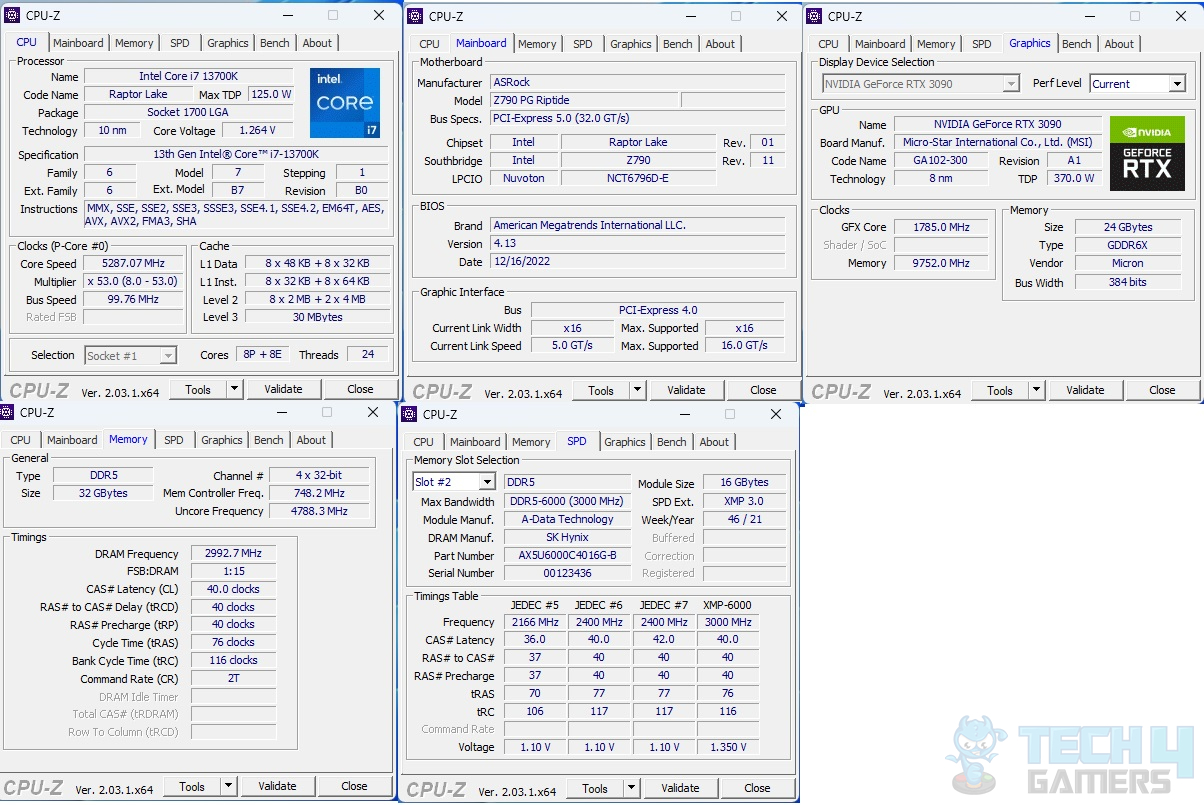
The above is a run from CPU-Z software.
Overall System Performance
Let’s look at the overall performance scores that I got on various testing software:
CPU and Memory Performance
Below are the CPU and memory performance specs that I got on my test setup:
Storage Performance
We have tested storage performance using PCIe Gen4 NVMe SSD, USB 3.2 Gen2 (10Gbps), and USB 3.2 Gen2x2 (20 Gbps) drives. Yes, we have measured the USB performance as well. We also tested Thunderbolt performance, but we don’t have an ASRock TB Add-In card, so this testing was not done. Also, take note that this motherboard does not have a USB 3.2 Gen2 port. Hence USB3.2 Gen2 drive was operating at USB3.2 Gen1 (5 Gbps).
Real-World Storage Performance
Now it is time to take a look at how these drives actually perform with real-world data. A folder of size 210GB with mixed files and folders, including a massive 100GB compressed file, was read and written on the drives one by one. How they performed? Let’s see.
PCIe/Gaming Performance
Let’s now look at the gaming performance of the Riptide:
We have a good gaming performance from the CPU and graphics card from this system.
Lightning Gaming USB Ports
The motherboard features two rear IO USB ports designed to minimize input lag and latency for connected peripherals. ASRock’s approach involves employing separate controllers for these ports, reducing stress on the controller and mitigating jitter and input lag issues, especially when connecting high-speed or full-speed peripherals like mice and keyboards.
We are using Drevo Falcon RGB Mouse and XPG Summoner Keyboard. We tested the functionality of these ports by using mouse track software which also plots the graph.
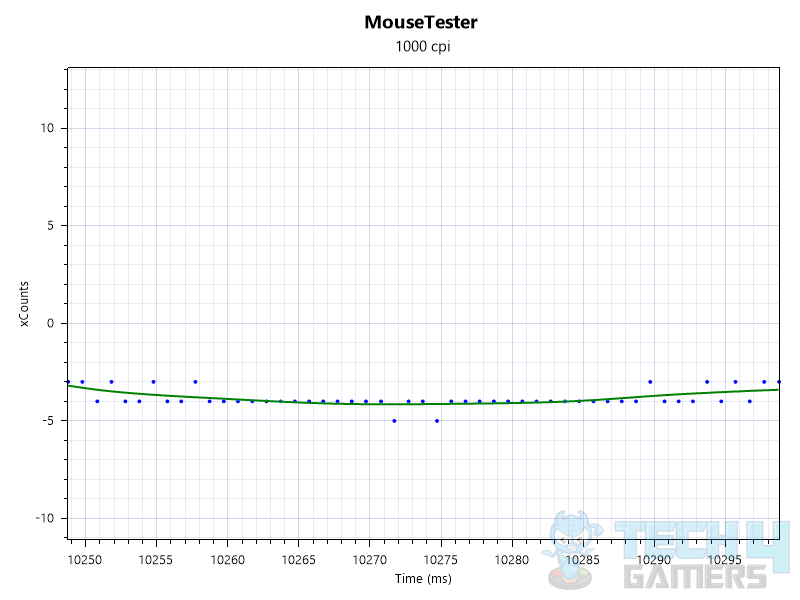
The peripherals were connected to USB 2.0 ports on the rear IO panel. We can that dots are more scattered from the center line except for a middle portion of that line.
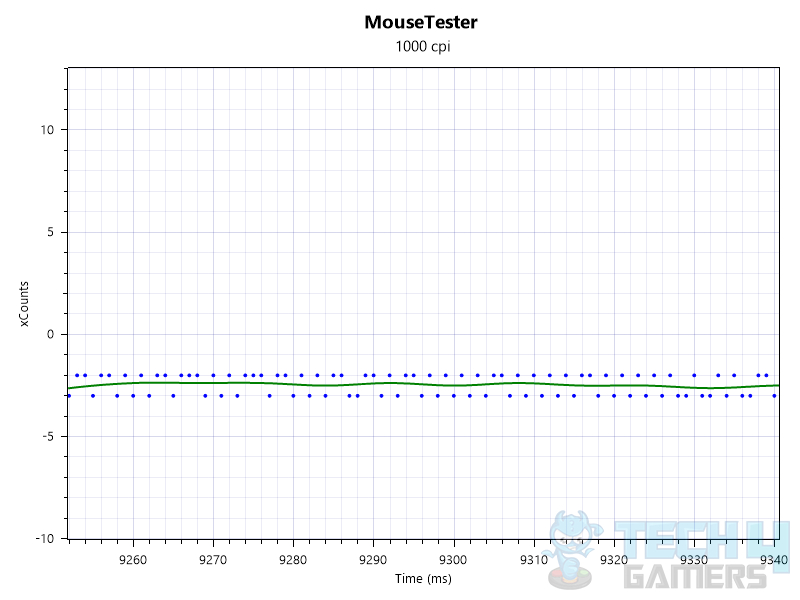
These peripherals were connected to Lightning Ports on the rear IO panel, and the test was repeated. We have a more linear flow this time.
Clocks Behavior
P-Cores on Intel Core i7 13700k have a base clock of 3.40GHz and a boost clock of 5.30GHz. E-Cores have a base clock of 2.50GHz with a maximum boost clock of 4.2GHz. The Maximum Turbo Frequency is 5.40GHz (on any core or two cores), depending on the load type. We needed to see if this CPU maintains these clocks on ASRock Z790 PG Riptide.
Power Consumption and Thermals
We have left all the settings in the UEFI/BIOS on auto and stock. We only set the Fans and pump speed to run at 100% all the time. The XMP 3.0 profile is loaded on XPG Lancer RGB 32GB Kit running at 6000MHz with CL40. We still set Memory Frequency and Primary timings manually. I can’t help since I am a creature of habit. Power mode was set to Balanced in the Windows setting. The system was left idle for 15 minutes with HWInfo64 running in the background, recording values.
The ambient temperature was 12.7°C to 14°C.
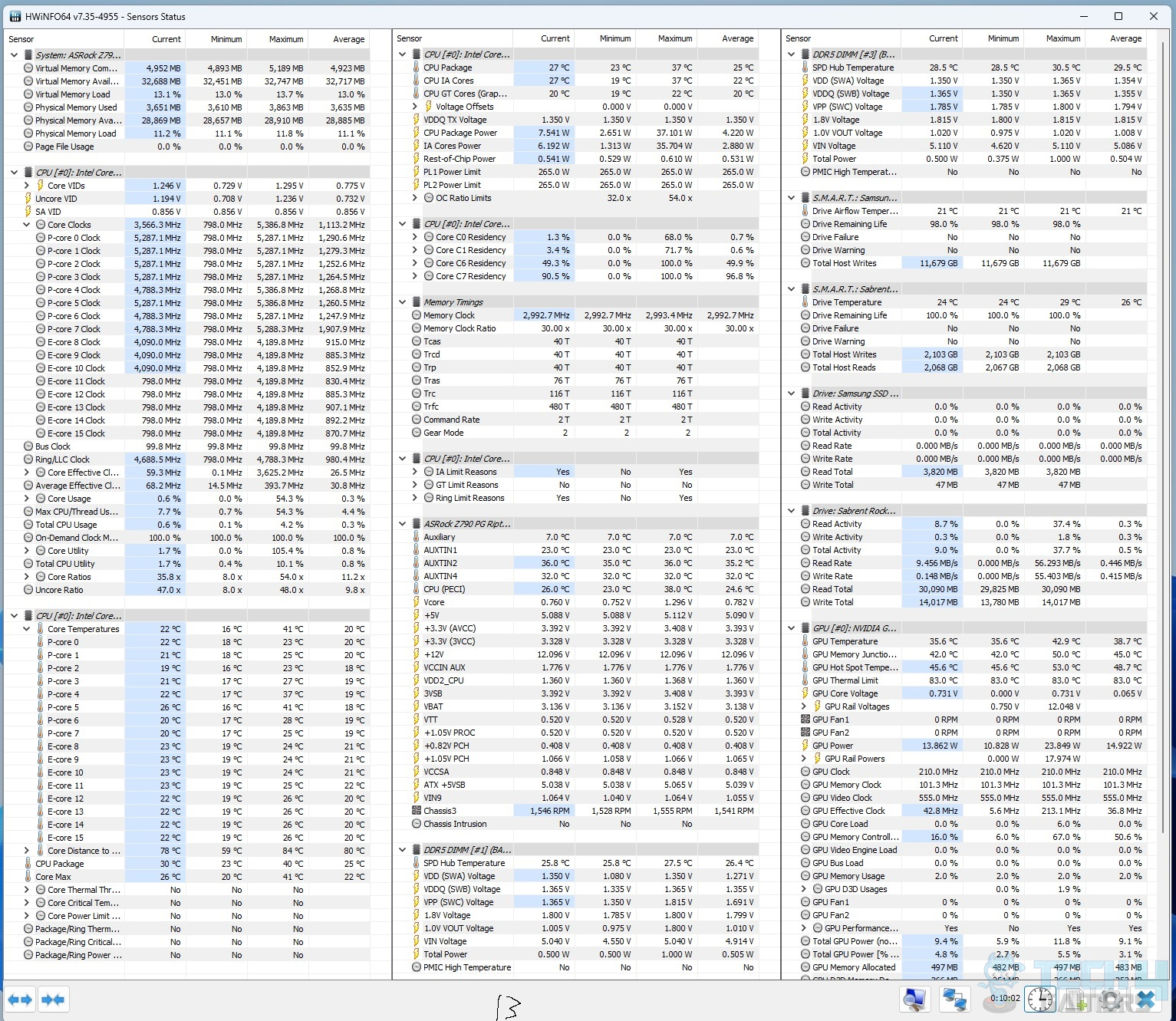
| CPU Core Temperature | RAM | NVMe SSD | Graphics Card | |
| Idle Temperature | 16°C | 25.8°C | 24°C | 35.6°C |
| Idle Power Draw | 2.651W | 0.500W | N/A | 10.828 |
Next, we run the Cinebench R23.2 System Stability test for 30 minutes. We also ran a 220GB consecutive read and write operation on the NVMe drive 5 times and monitored the thermal sensor. Time Spy Extreme stress test was run to monitor the maximum temperature and power draw of a graphics card.
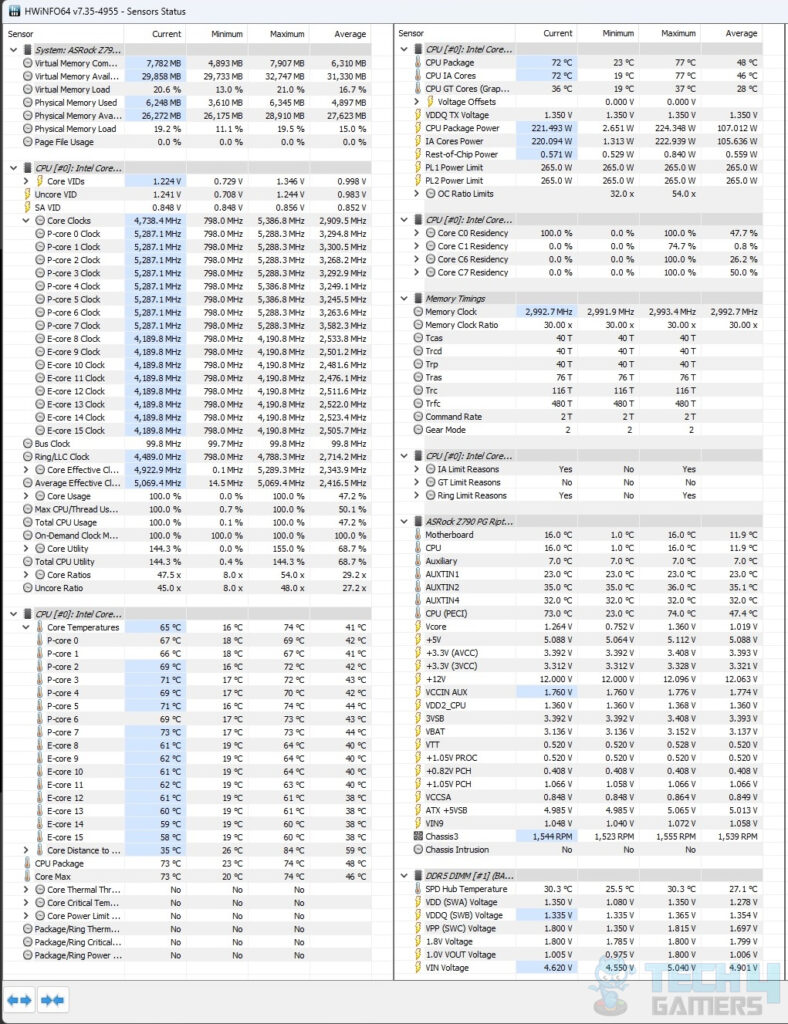
| CPU Core Temperature | RAM | NVMe SSD | Graphics Card | |
| Load Temperature | 74°C | 30.3°C | 52°C | 78°C |
| Load Power Draw | 224.348W | 1.750W | N/A | 380W |
Next, we overclocked the CPU to 5.6GHz on P-Cores and 4.4GHz on E-Cores. Ran CINEBENCH R23 System Stability test for 30 minutes.
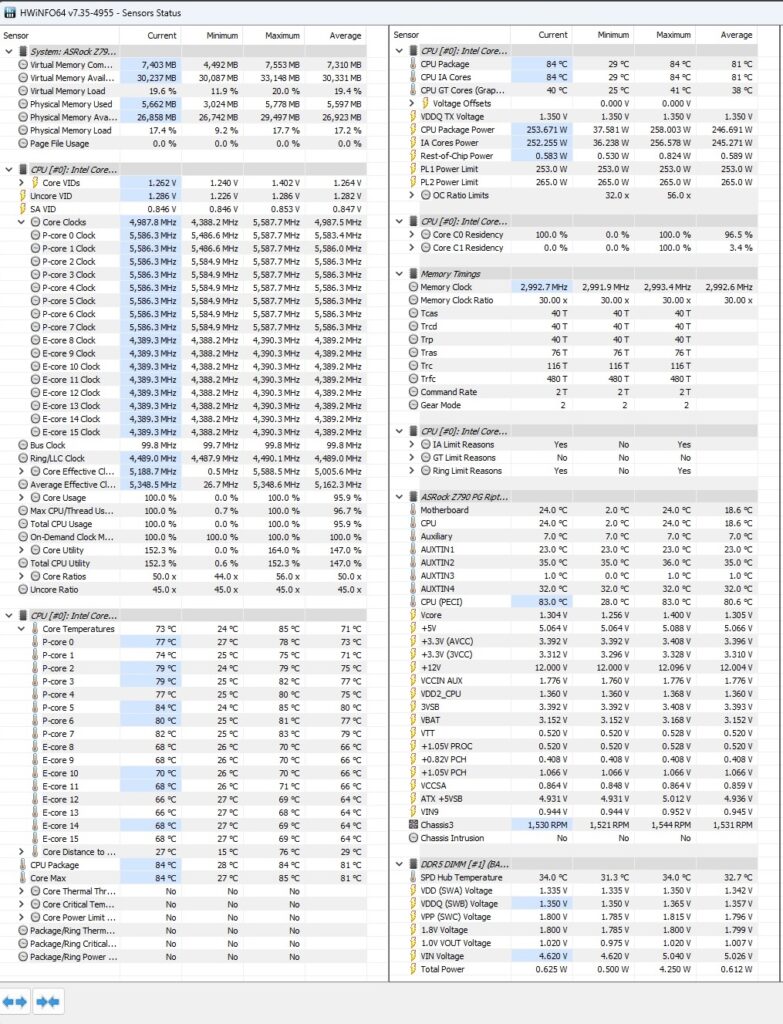
The maximum temperature was 85°C on Core Temperatures. The package power draw was 258.003W.
Thermal Imaging
We have used Hti HT18 Thermal camera to record the thermals of the VRM area of the motherboard under load using a blender benchmark with overclocked CPU.
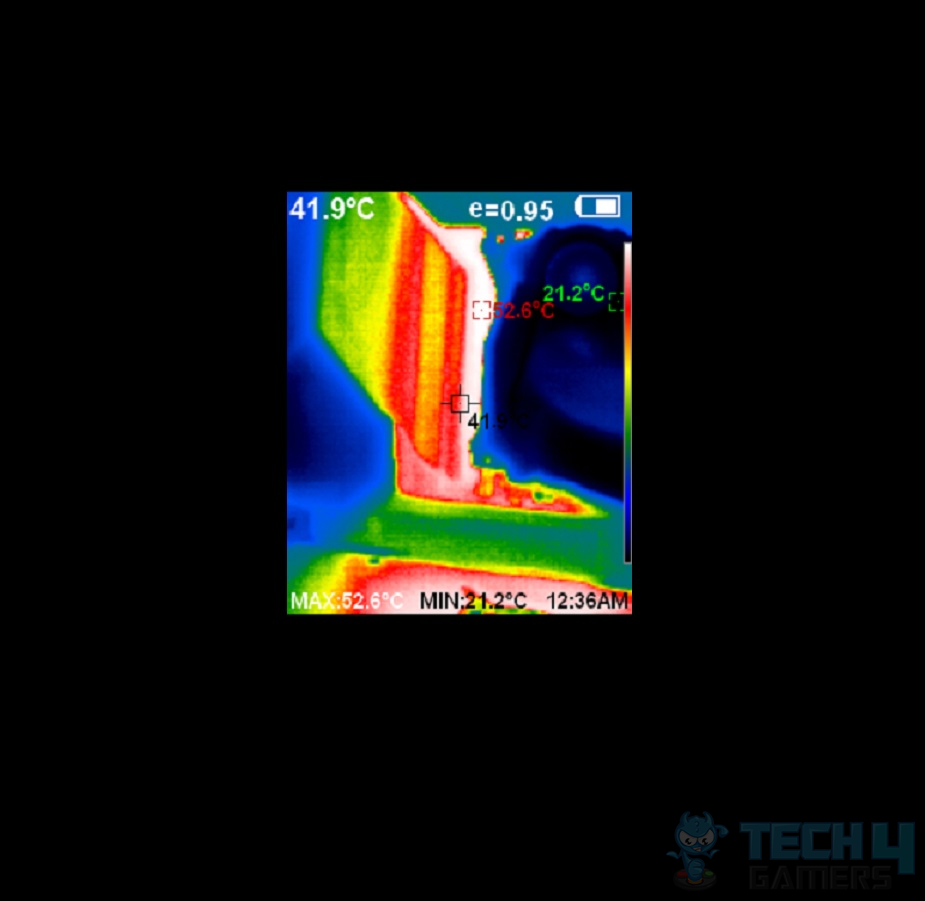
The MOSFETs were operating at around 55.4°C at an ambient of 12°C.
Should You Buy It?
After hours of testing, I was able to evaluate who the ASRock Z790 PG Riptide was designed for.
Buy It If:
✅You Want Value-Oriented Z790 board: Priced under $250, I think the ASRock Z790 PG Riptide provides good value for all of its features.
✅You Want Good Power Delivery: The ASRock Z790 PG Riptide has a double-digit, i.e., 16-phase VRM which makes it suitable for tasks requiring robust power delivery.
Don’t Buy It If:
❌You are an audiophile: The audio in this motherboard is powered by RealTek ALC897 which does not provide top-of-the-line audio quality.
❌You Want Wireless Connectivity: Unlike many modern motherboards, this one lacks the wireless connectivity options that might be necessary for some buyers.
Conclusion
During Intel’s 13th generation platform launch, I tested the ASRock Z790 PG Riptide motherboard. This board targets both budget and mid-range markets, featuring Intel LGA1700 socket compatibility and DDR4 support. It offers 4x DIMM DDR5 slots, maxing out at 128GB, and supports speeds up to 7200MHz with a BIOS update. The motherboard has 3x PCIe slots, USB 3.2 Gen2x2 and Gen1 Type-C ports, 8x independent SATA ports, and 6x M.2 ports, with space limitations allowing the use of 4 at a time.
Connectivity includes an Intel 2.5GbE Killer E3100G NIC, 4x troubleshooting LEDs, but no Debug LED. VRM/MOSFET cooling is well-designed, keeping temperatures under control. Audio is powered by RealTek ALC897, and there are 6 fan headers, with 5 suitable for water pumps. The motherboard’s power delivery employs a 14+1+1 design with RICHTEK’s digital PWM controller RT3628AE and 50A SM4337 MOSFETs.
In testing, it performed well, though some benchmarks showed it falling behind competitors. It’s a strong choice for budget and mid-range users, excelling in MOSFET cooling, storage, and gaming performance, but it lacks wireless connectivity, and its audio is average. The motherboard is priced at $229 and comes with a 3-year warranty.
Awards Received By ASRock Z790 PG Riptide
The ASRock Z790 PG Riptide has received the following Tech4Gamers Awards.
Recent Updates
- January 1, 2024: Few text changes to improve readability. Also added image galleries.
Thank you! Please share your positive feedback. 🔋
How could we improve this post? Please Help us. 😔
Feedback By:
[Hardware Reviewer & Editor]
Meet Nauman Siddique, a highly experienced computer science graduate with more than 15 years of knowledge in technology. Nauman is an expert in the field known for his deep understanding of computer hardware.
As a tech tester, insightful reviewer, and skilled hardware editor, Nauman carefully breaks down important parts like motherboards, graphics cards, processors, PC cases, CPU coolers, and more.
- 15+ years of PC Building Experience
- 10+ years of first-hand knowledge of technology
- 7+ years of doing in-depth testing of PC Hardware
- A motivated individual with a keen interest in tech testing from multiple angles.
- I majored in Computer Science with a Masters in Marketing
- Previously worked at eXputer, EnosTech, and Appuals.
- Completed Course in Computer Systems Specialization From Illinois Tech


 Threads
Threads
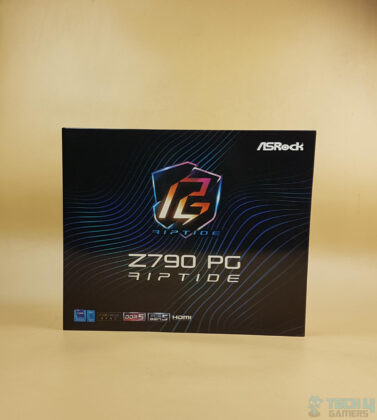
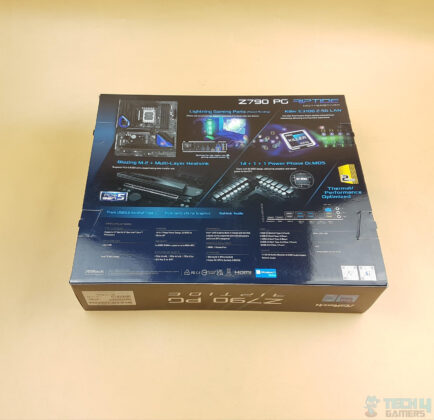

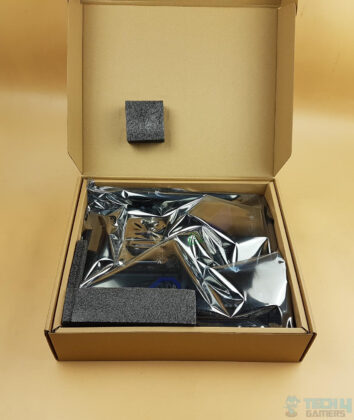
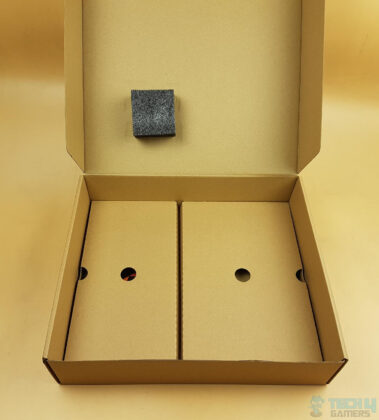
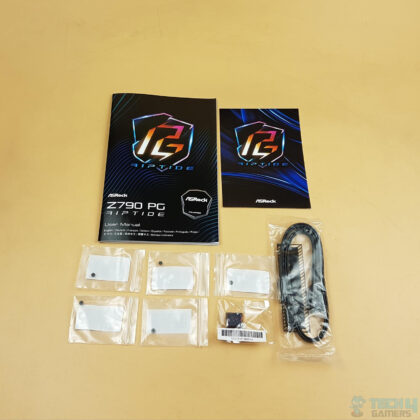

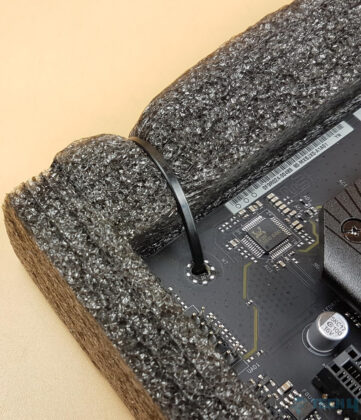
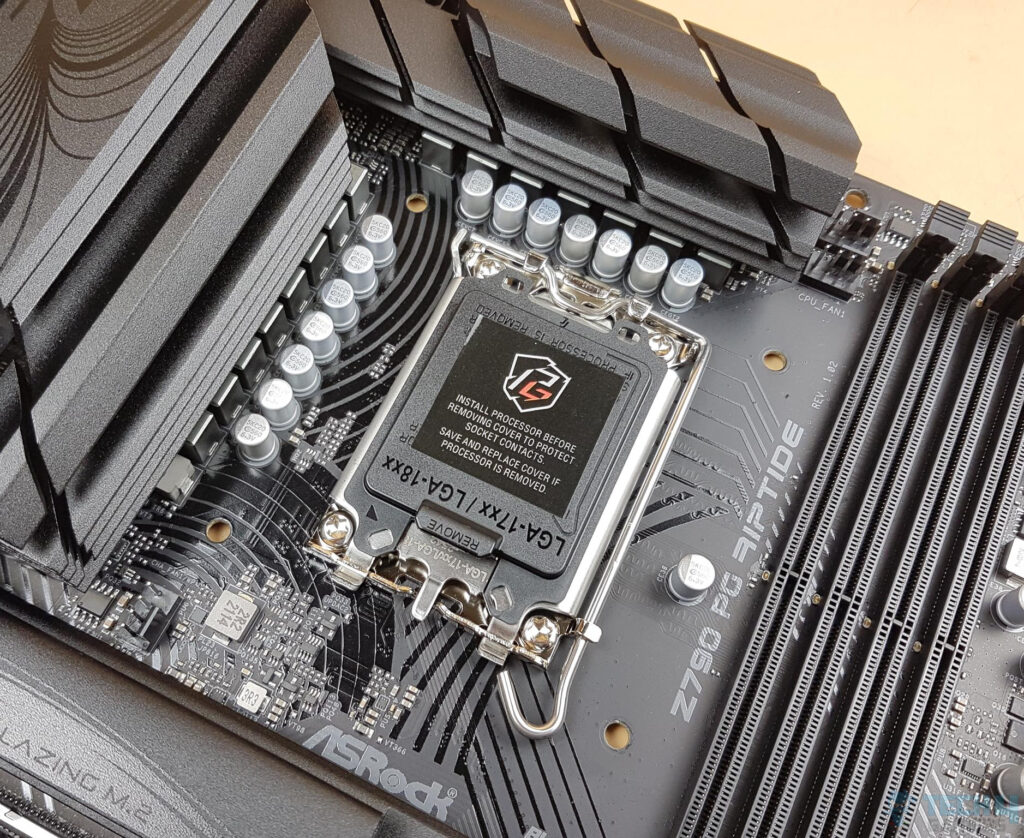
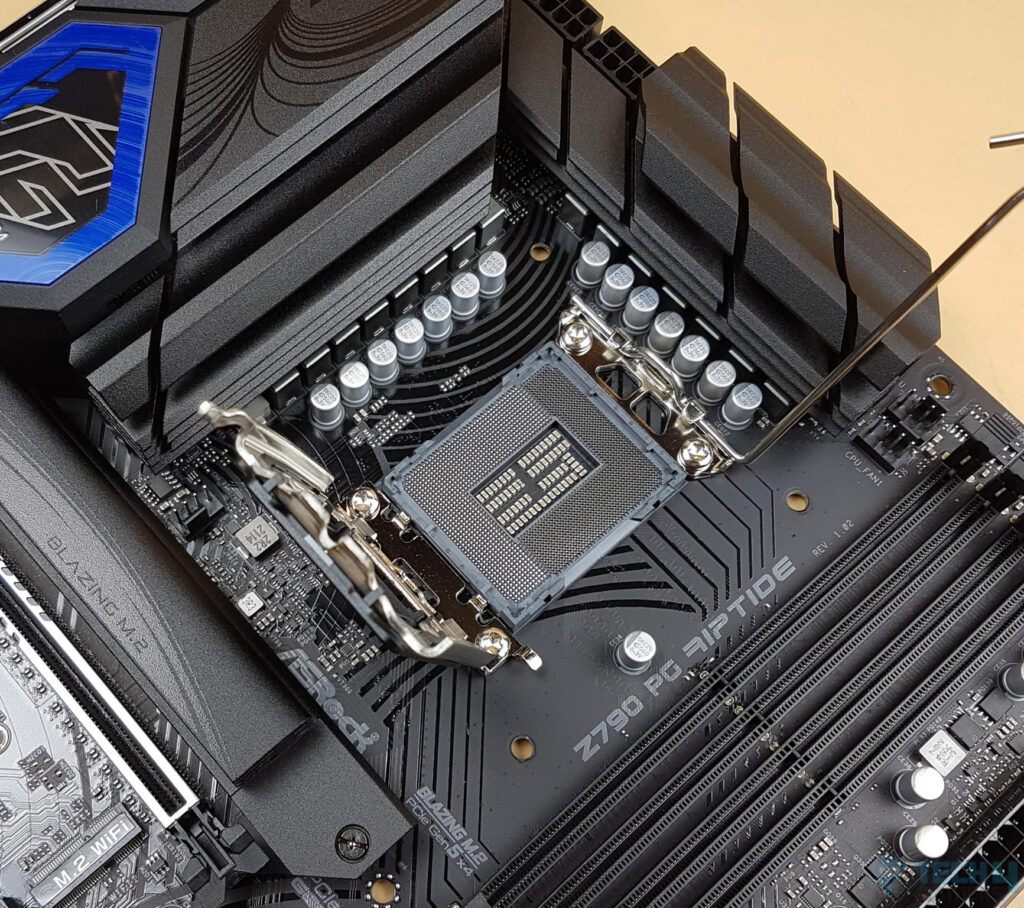

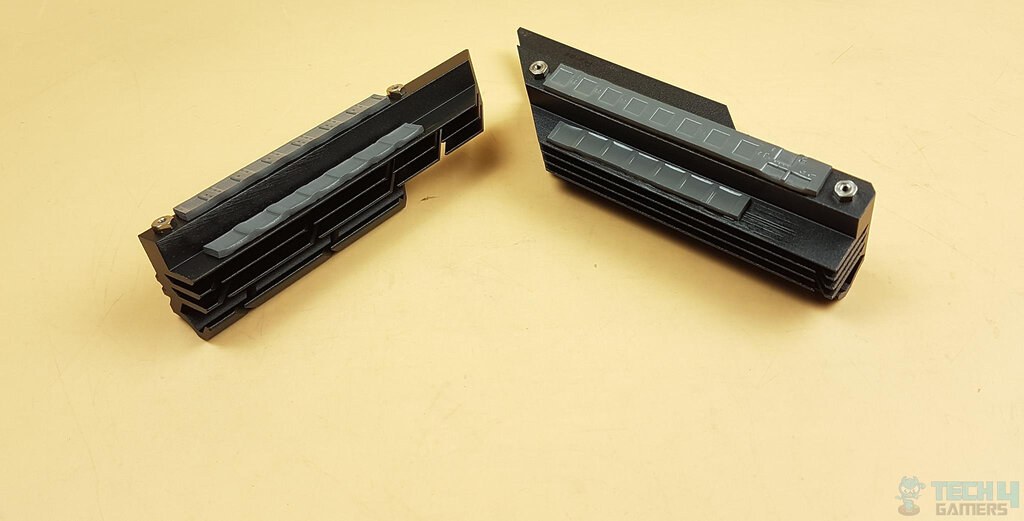
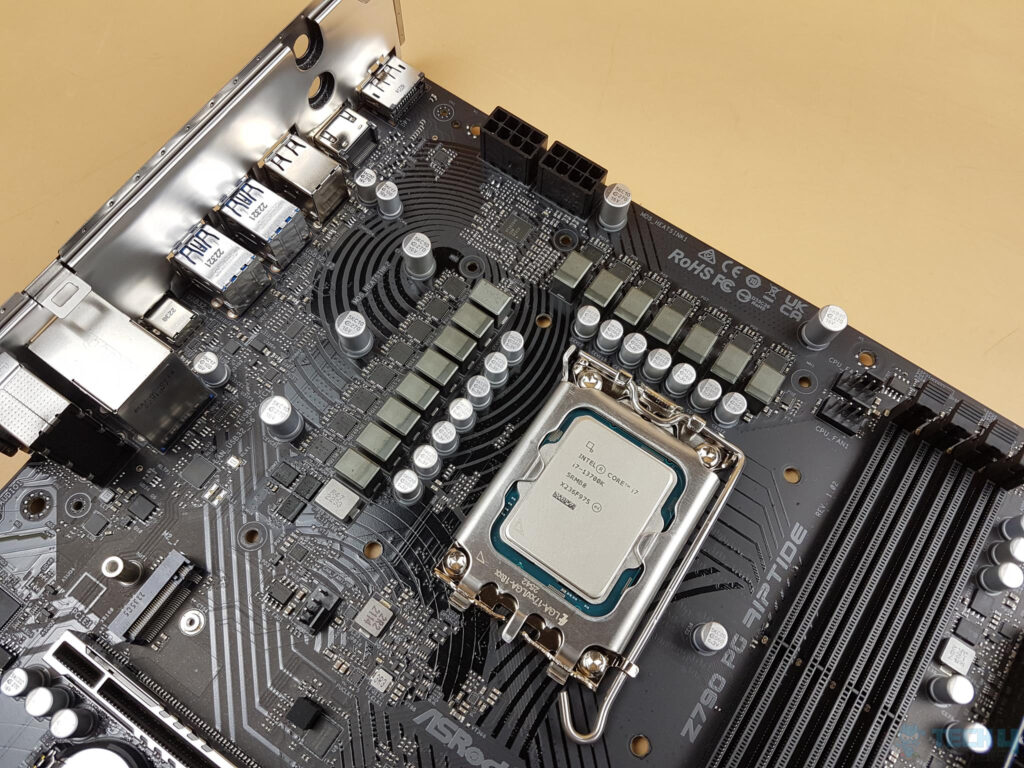
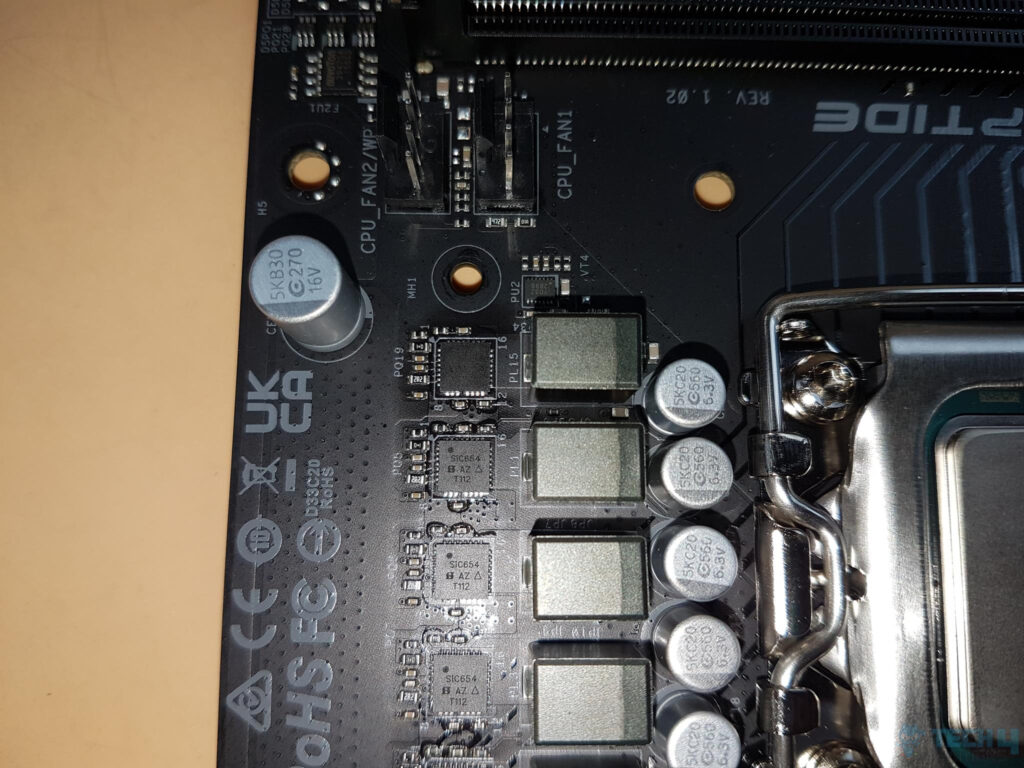
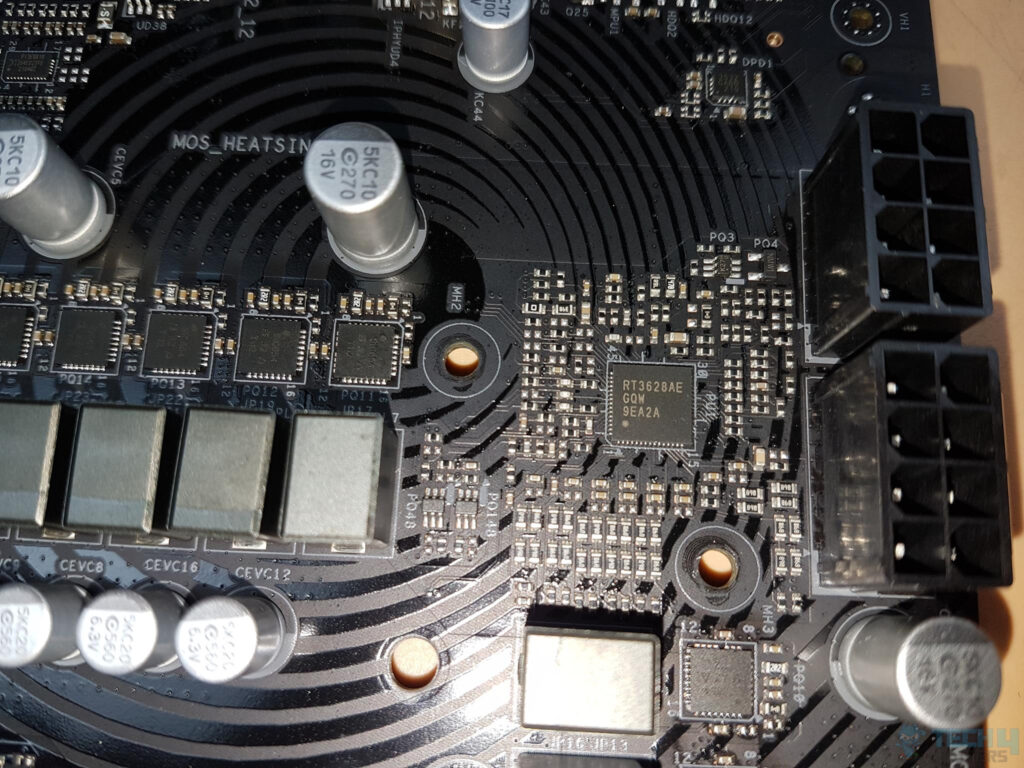
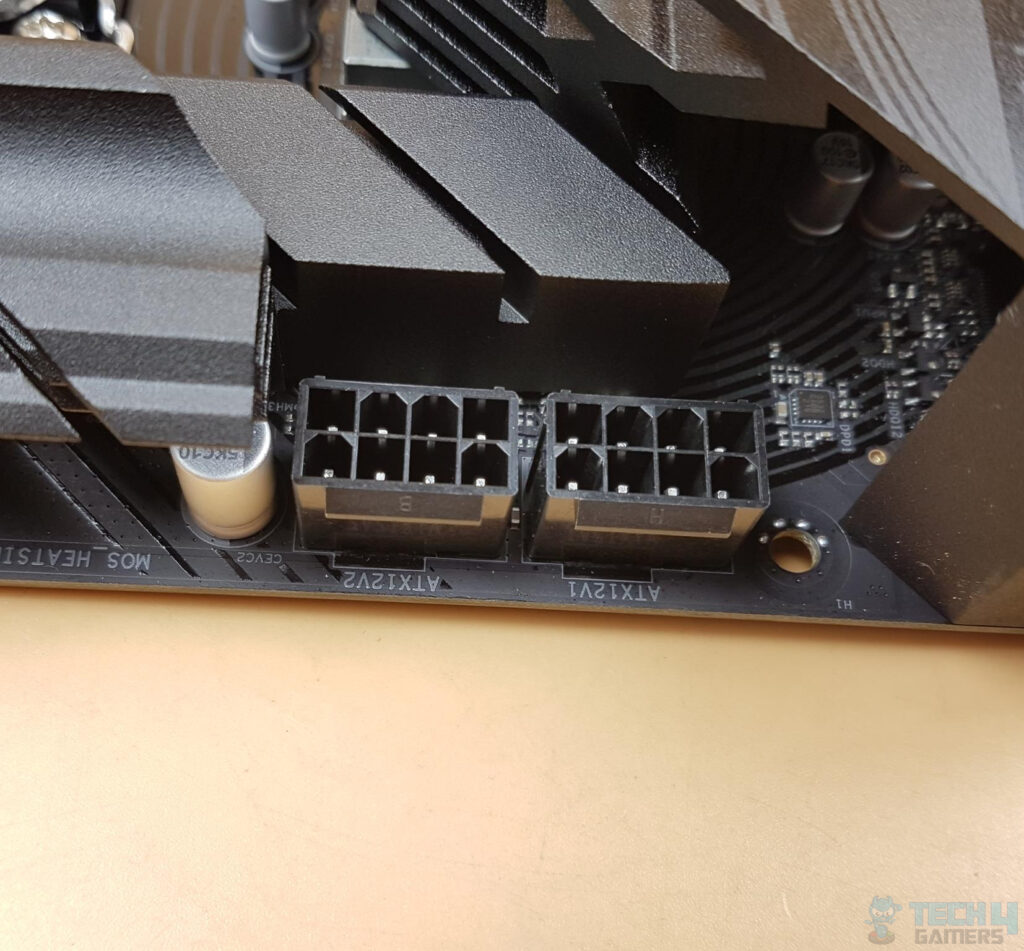
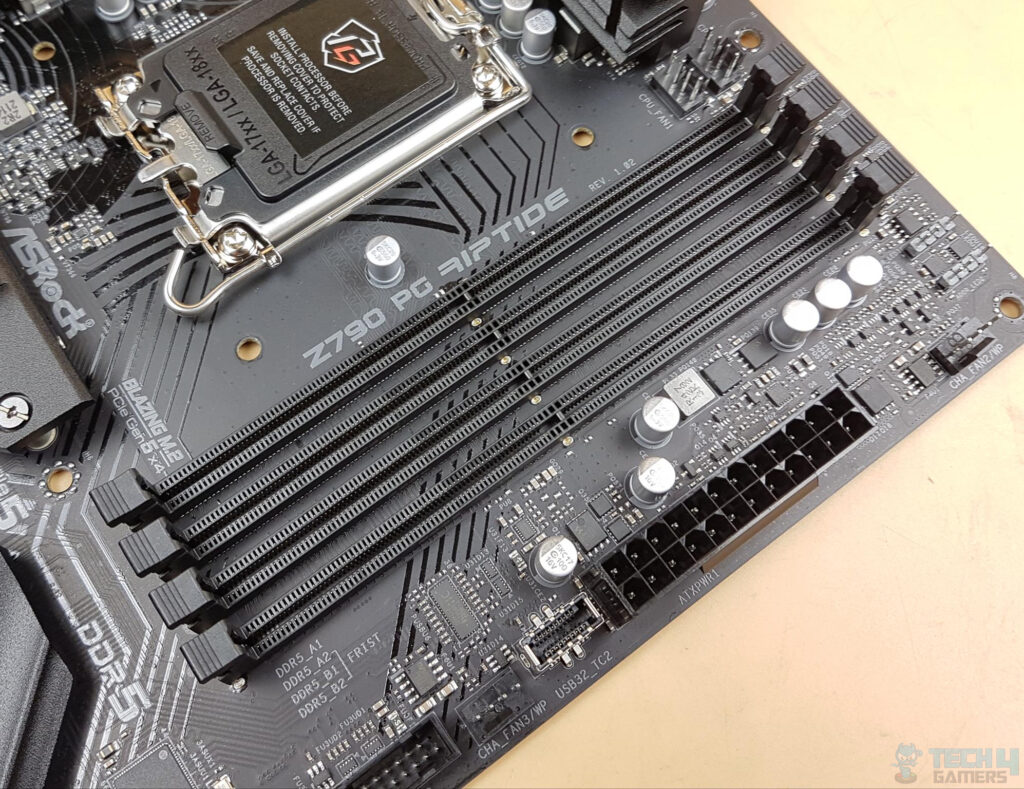
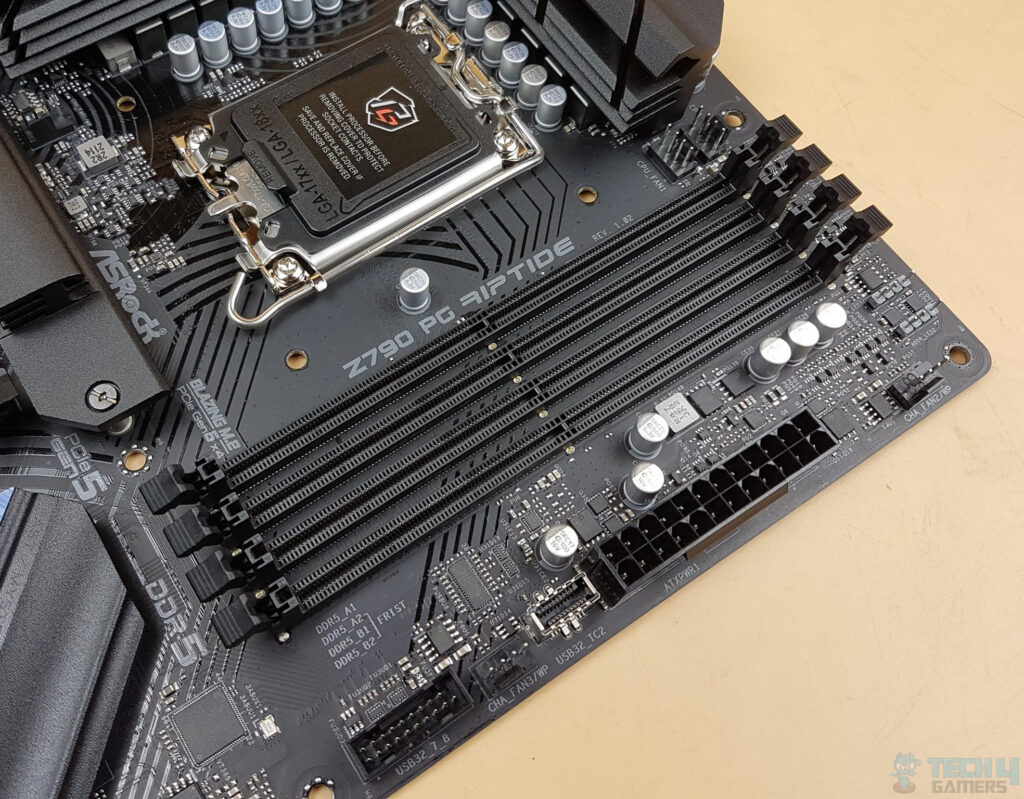
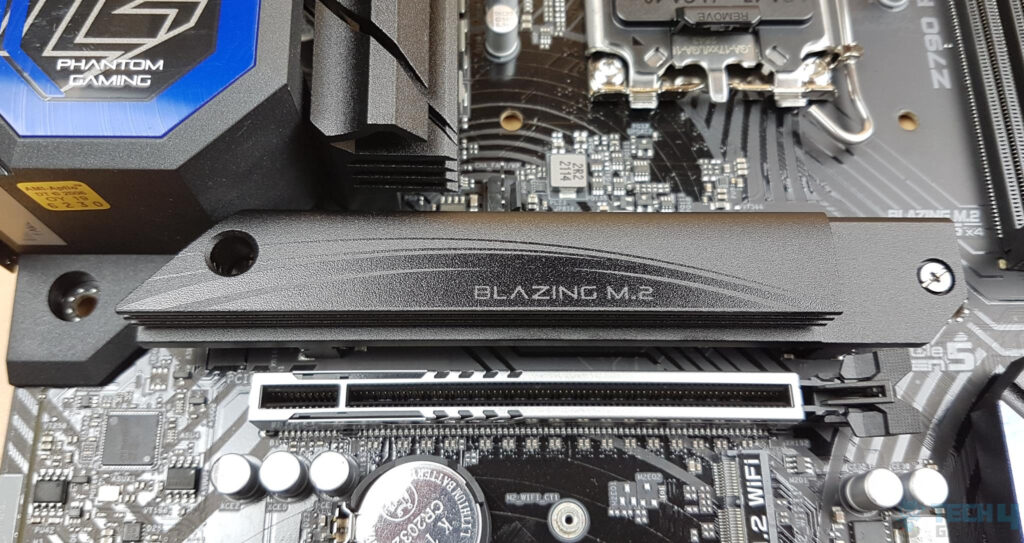
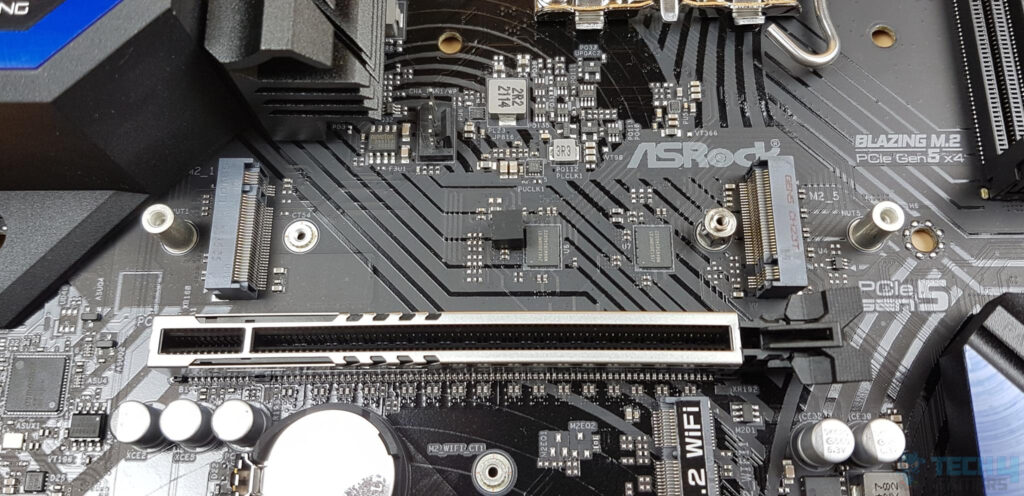
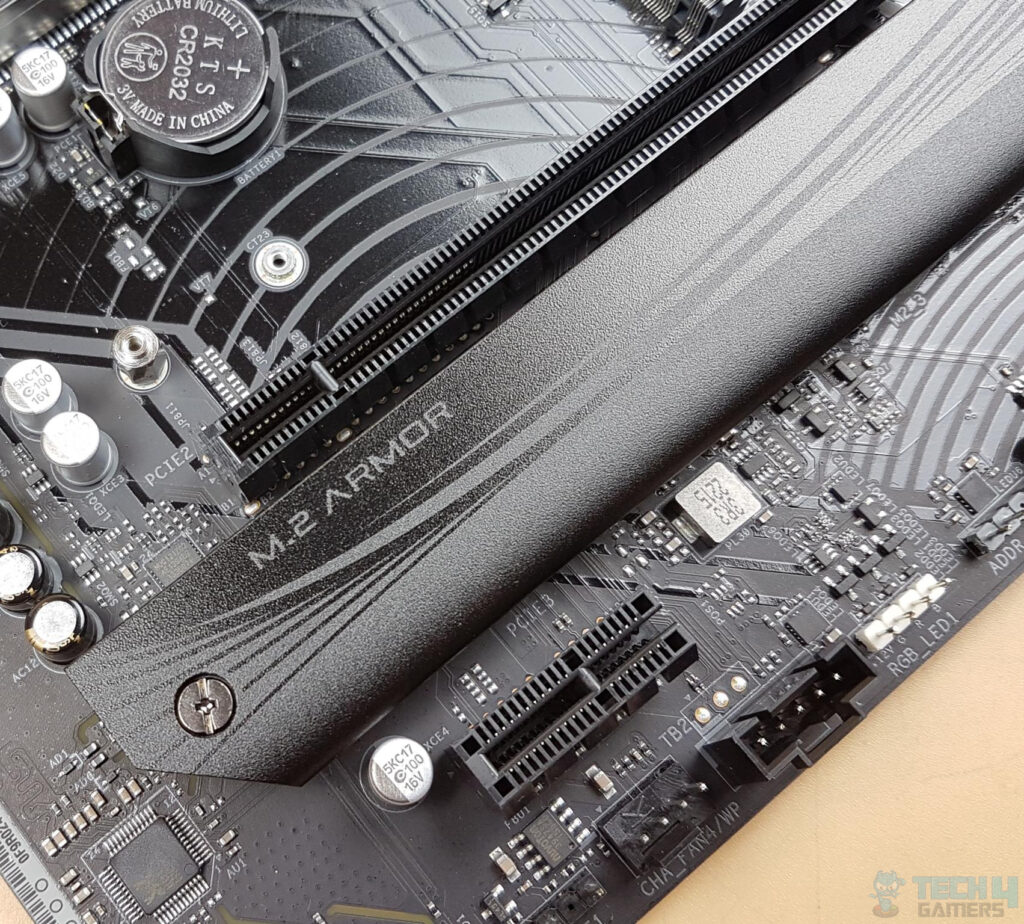
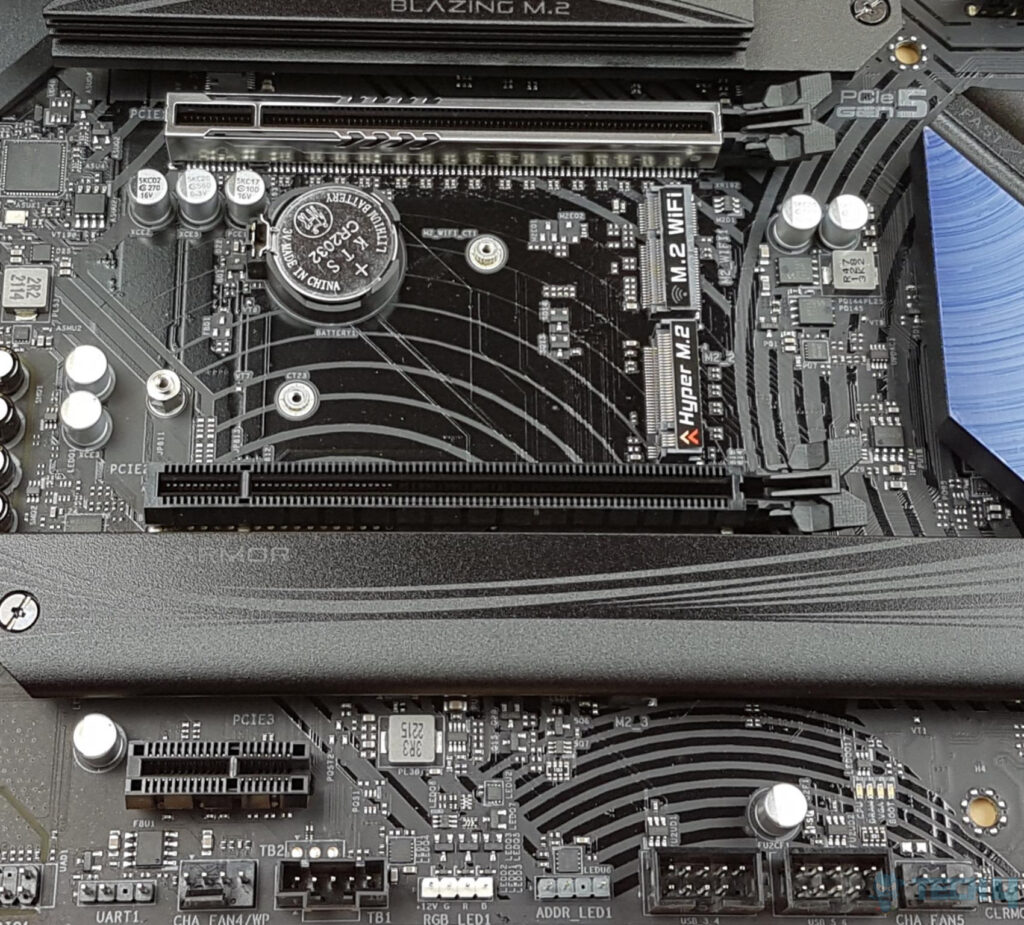
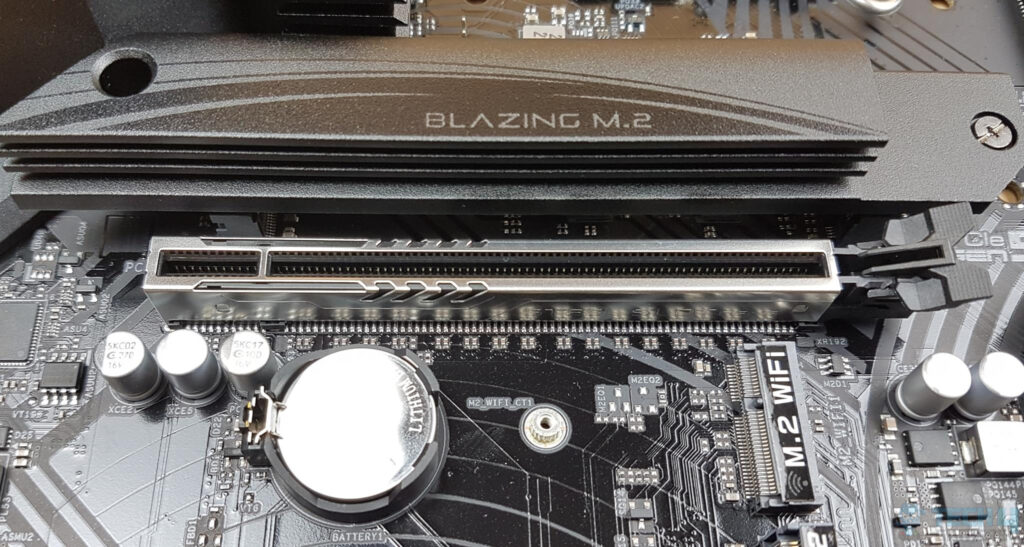
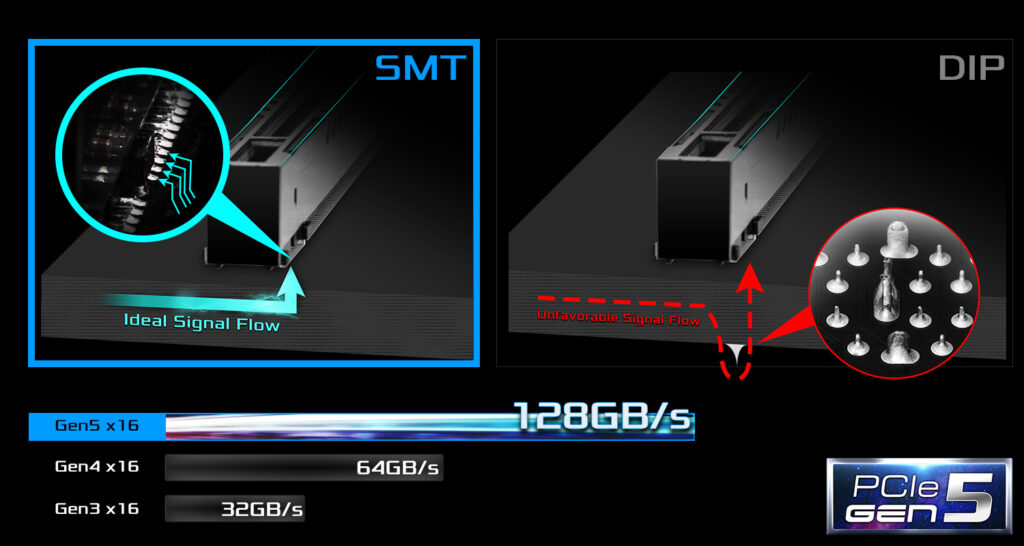
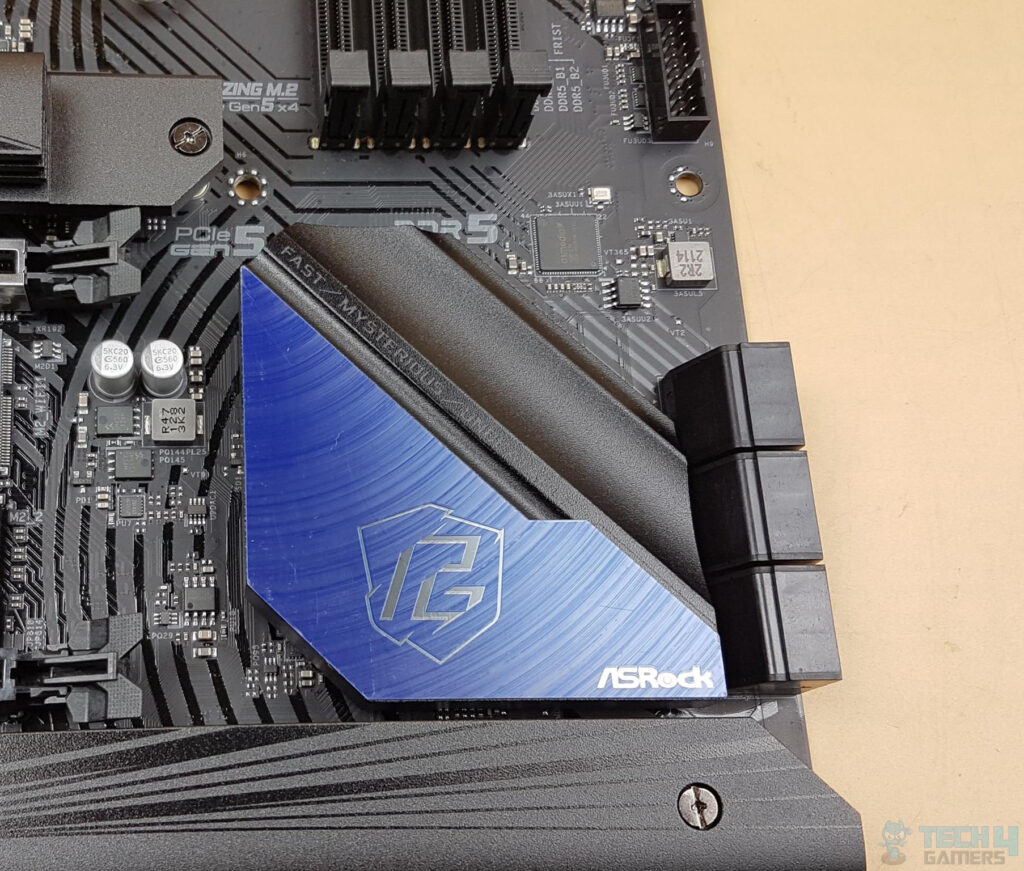
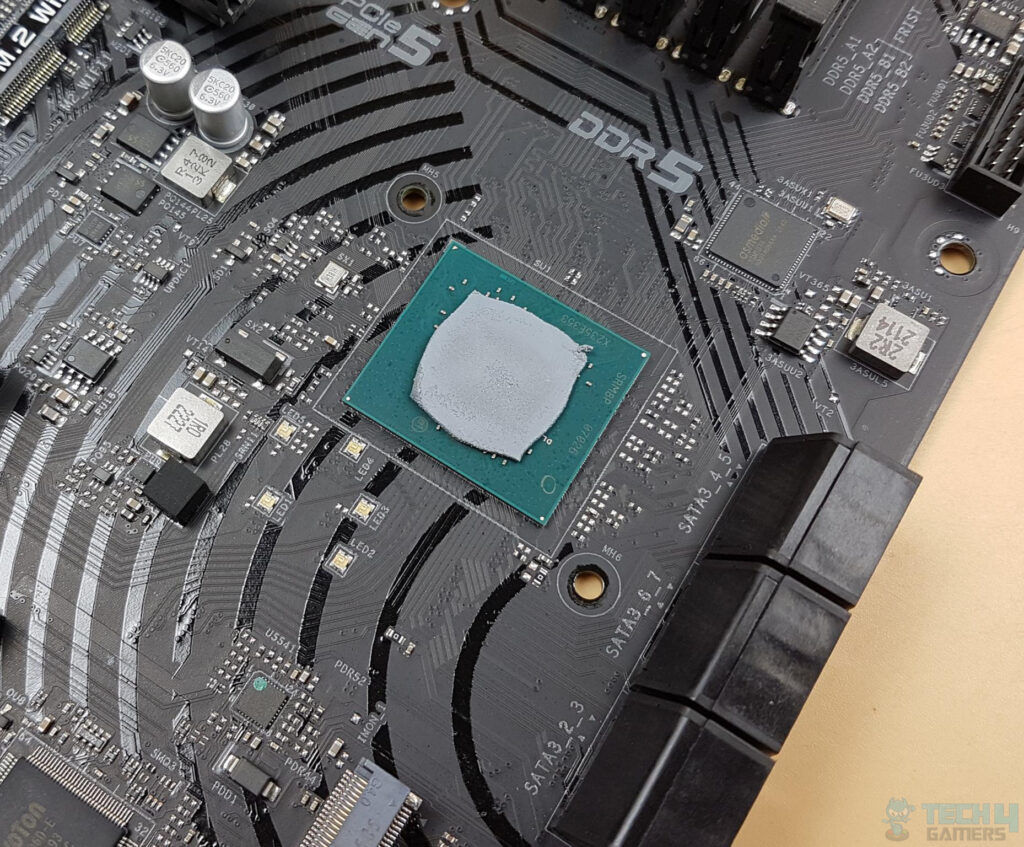
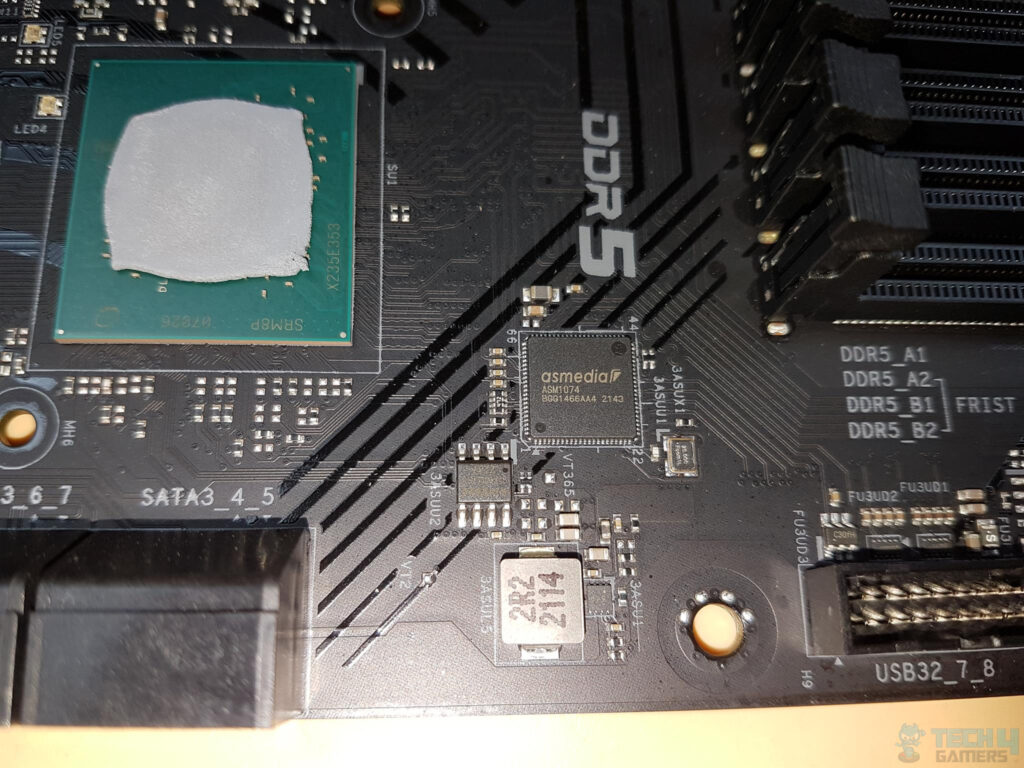
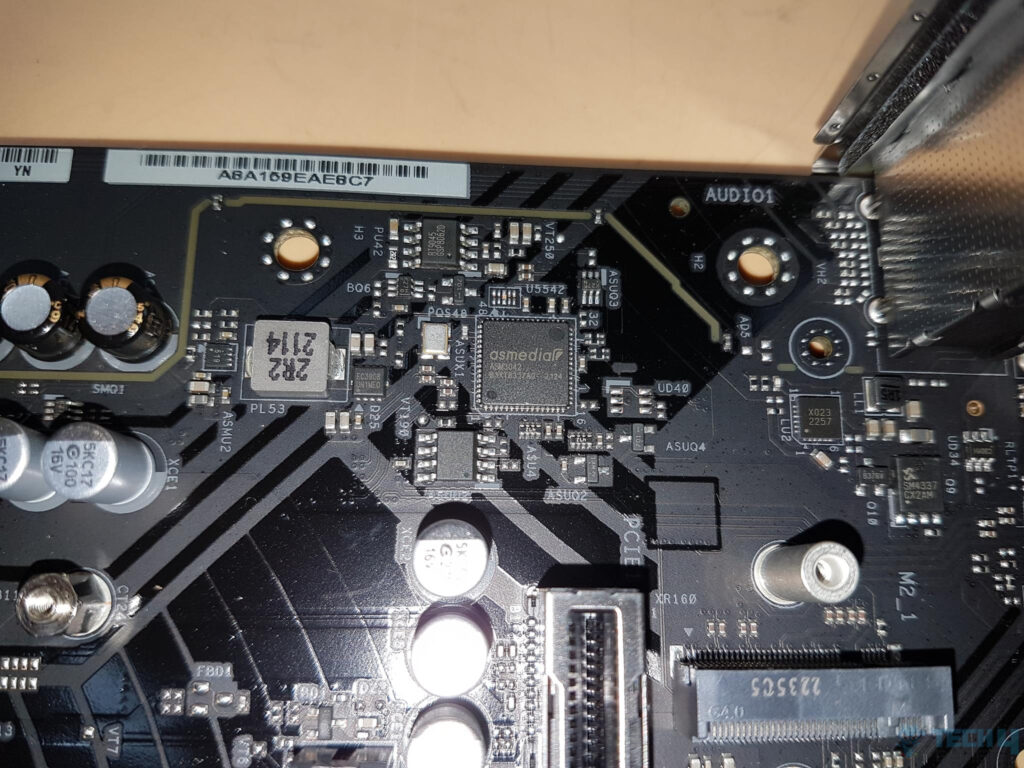
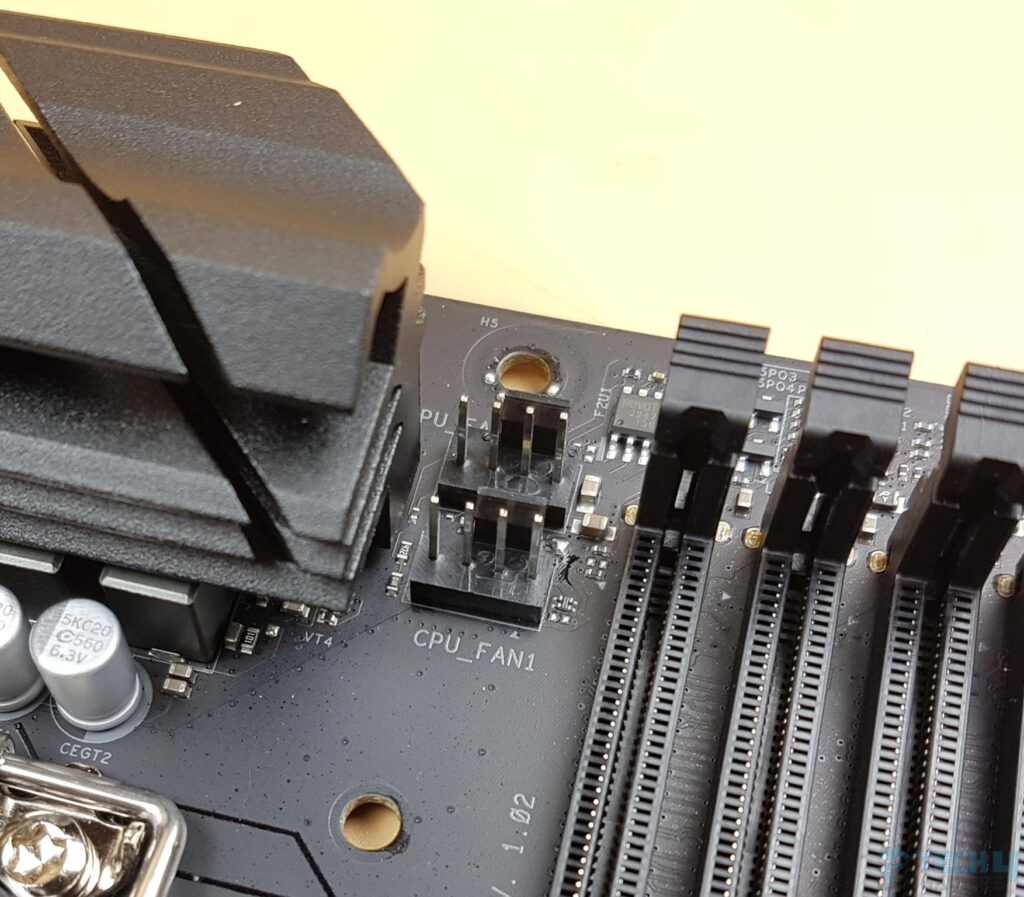
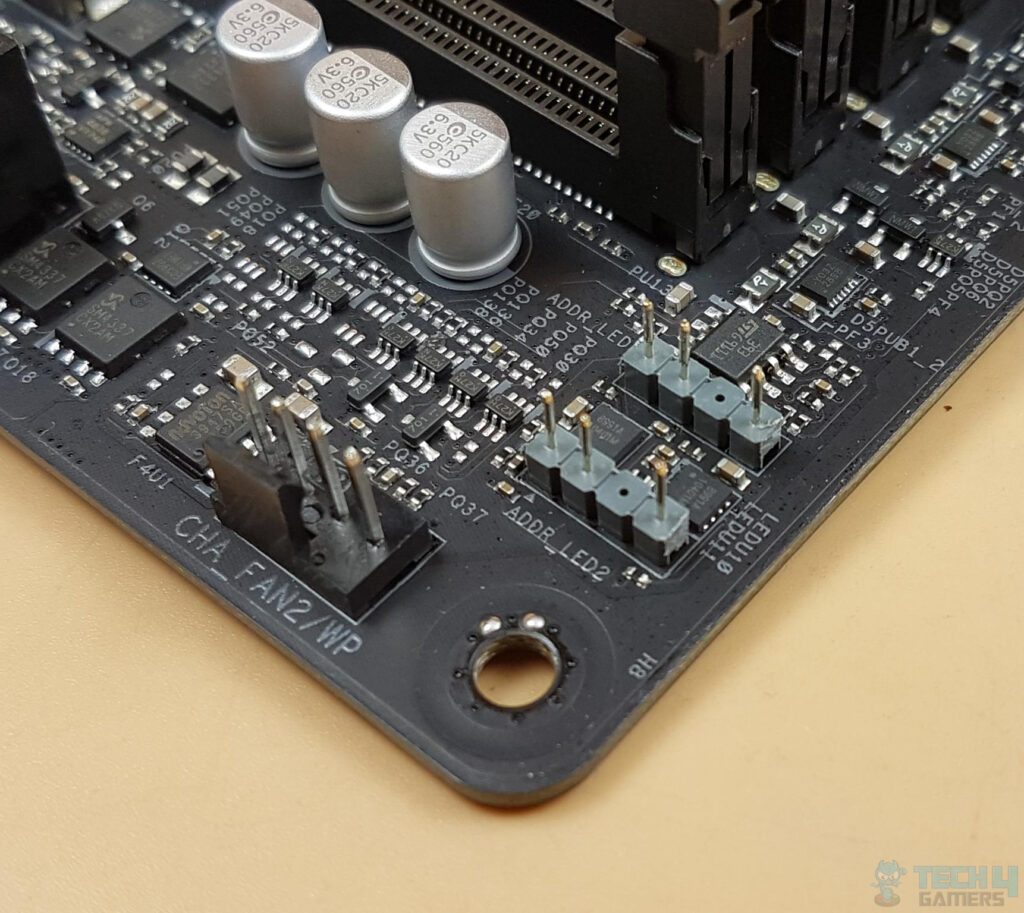
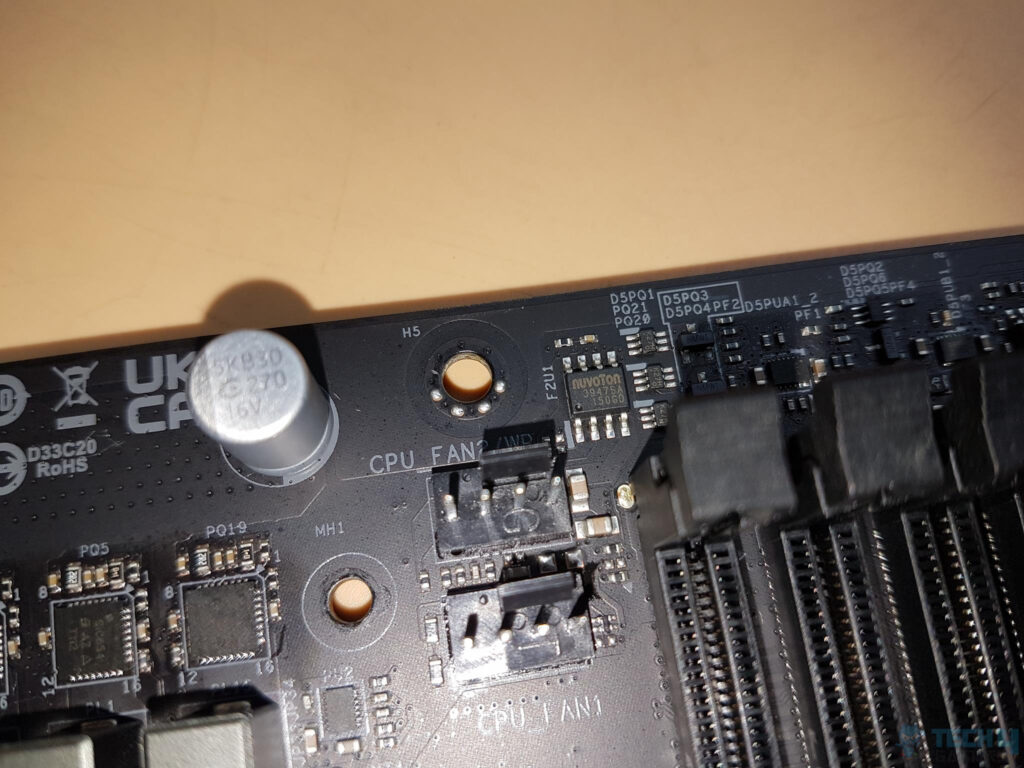
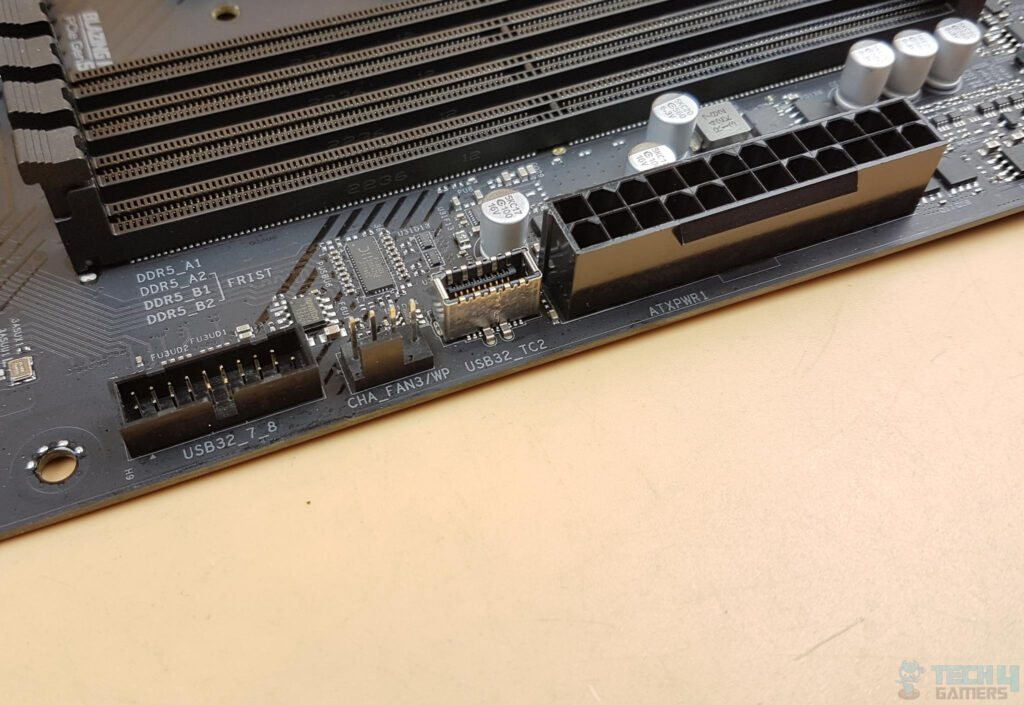
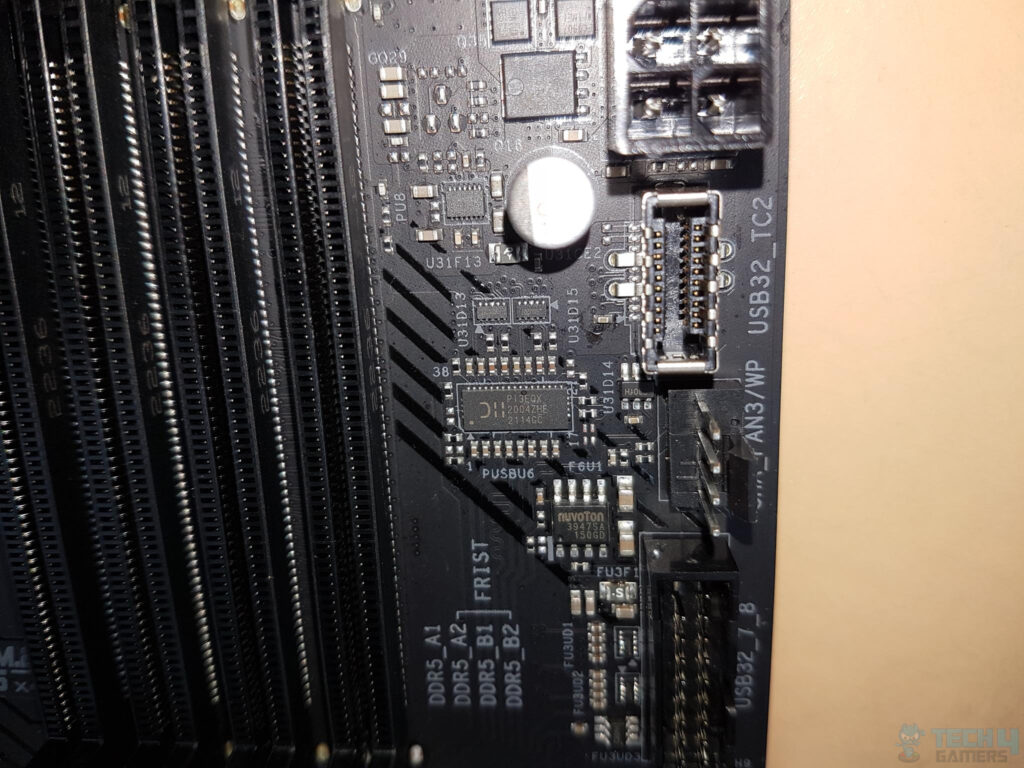
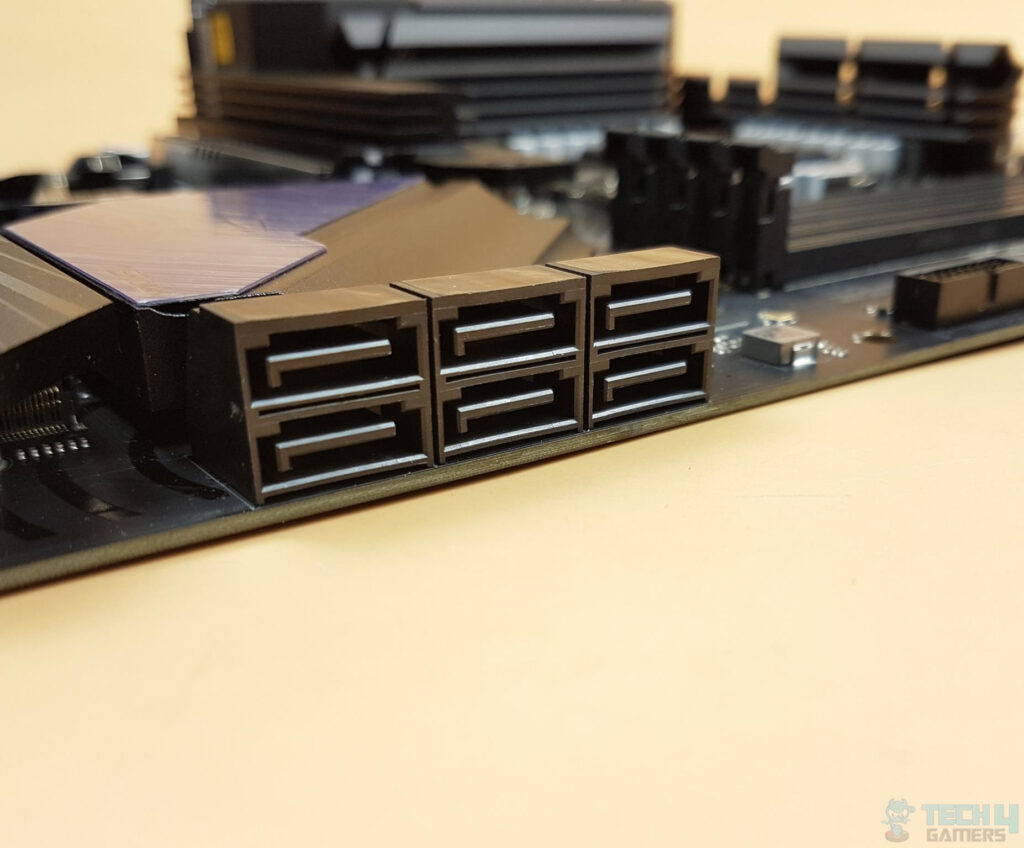
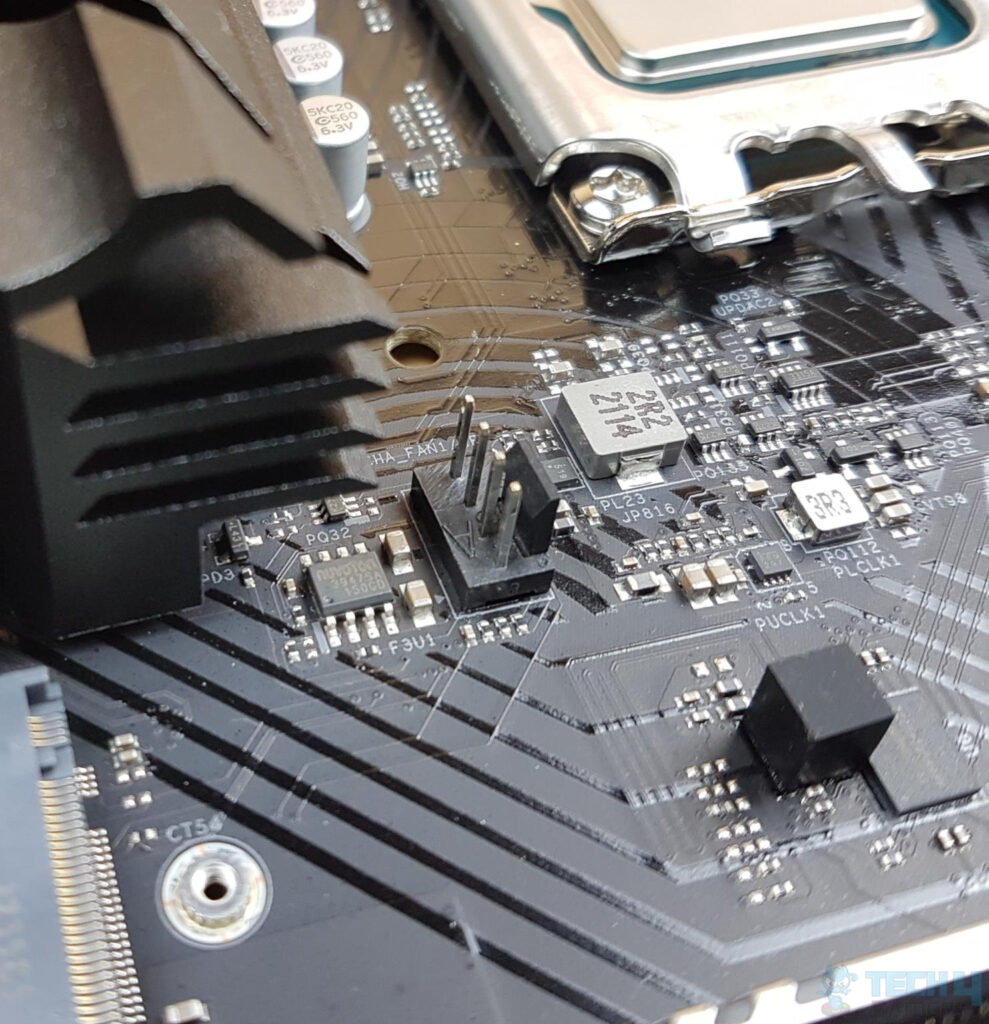
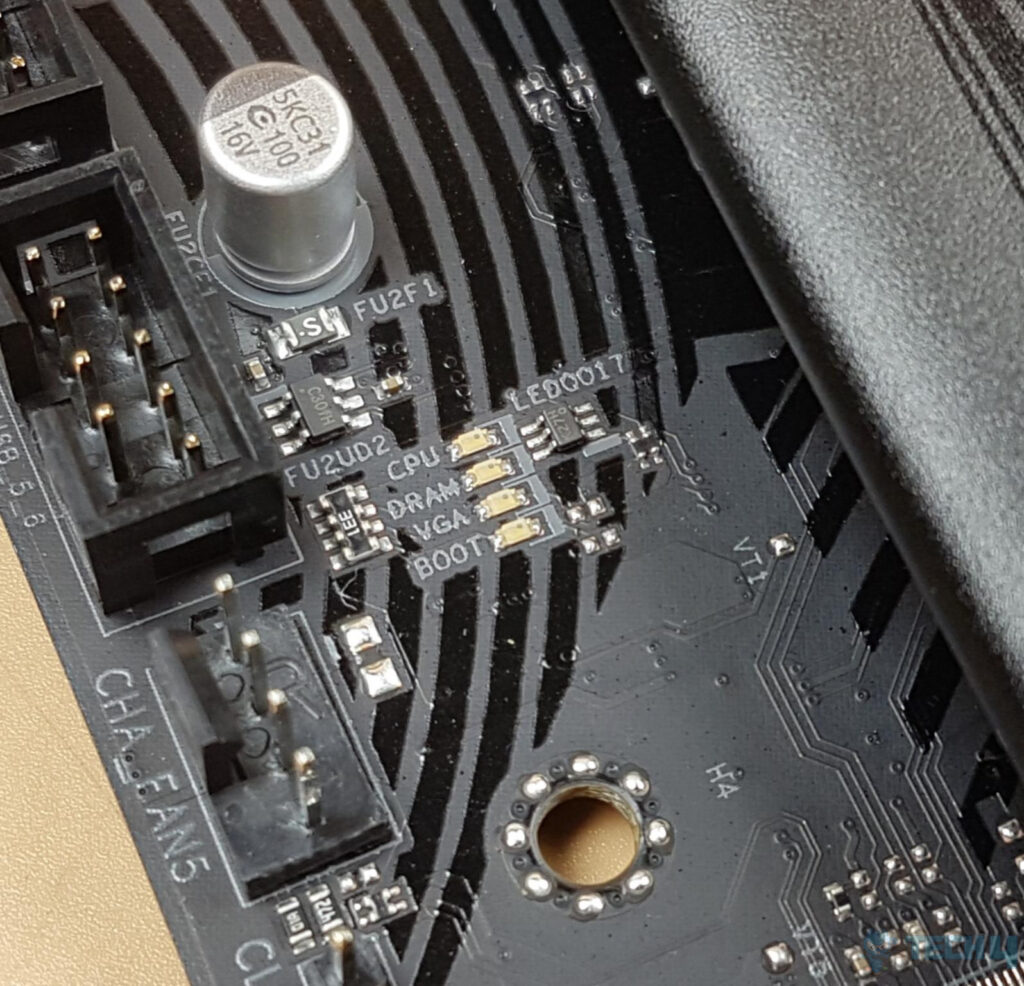
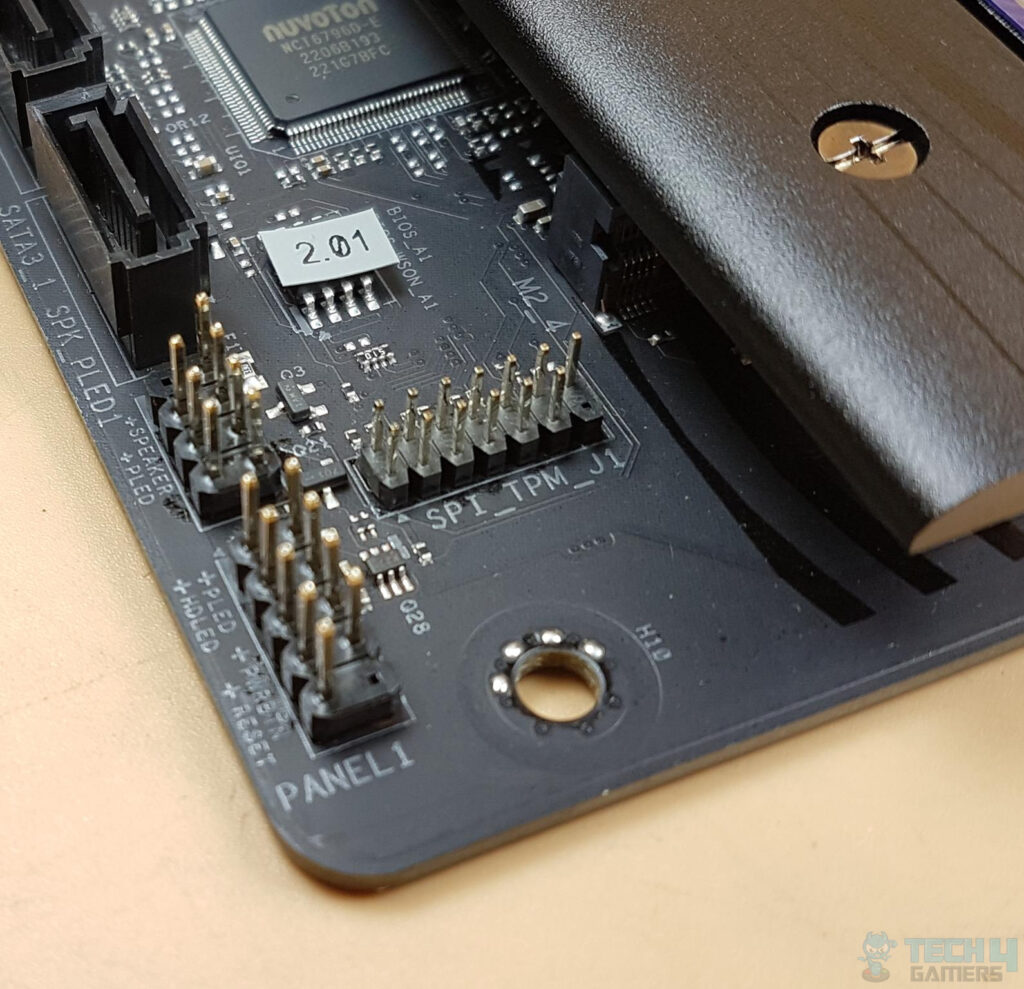
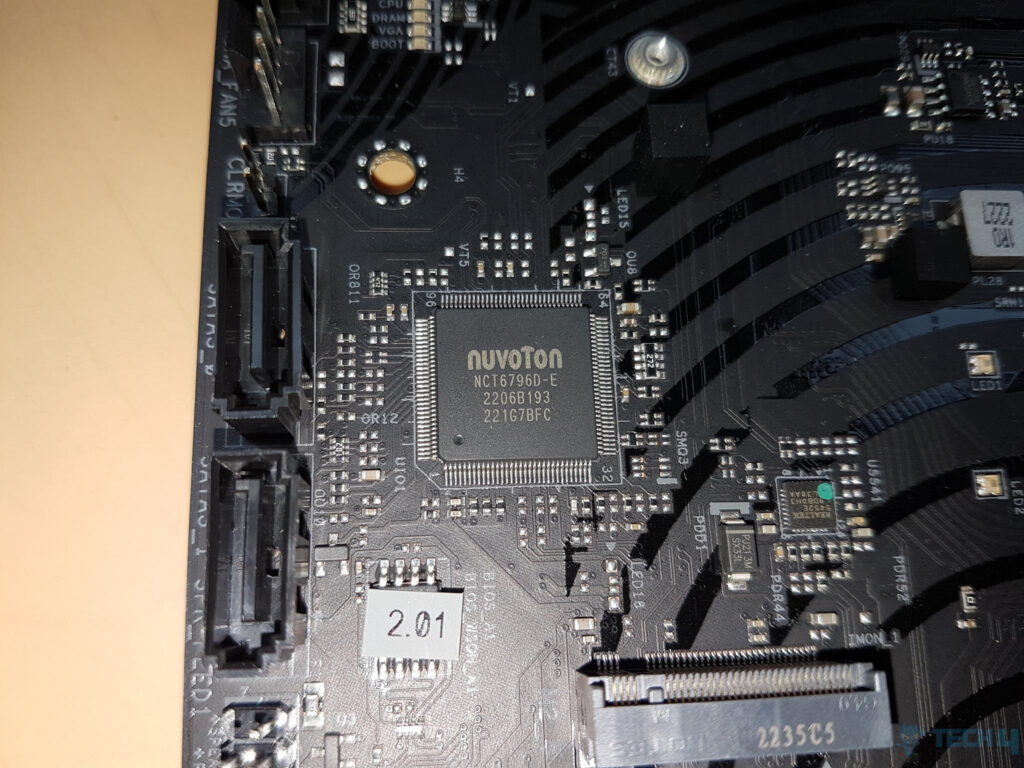
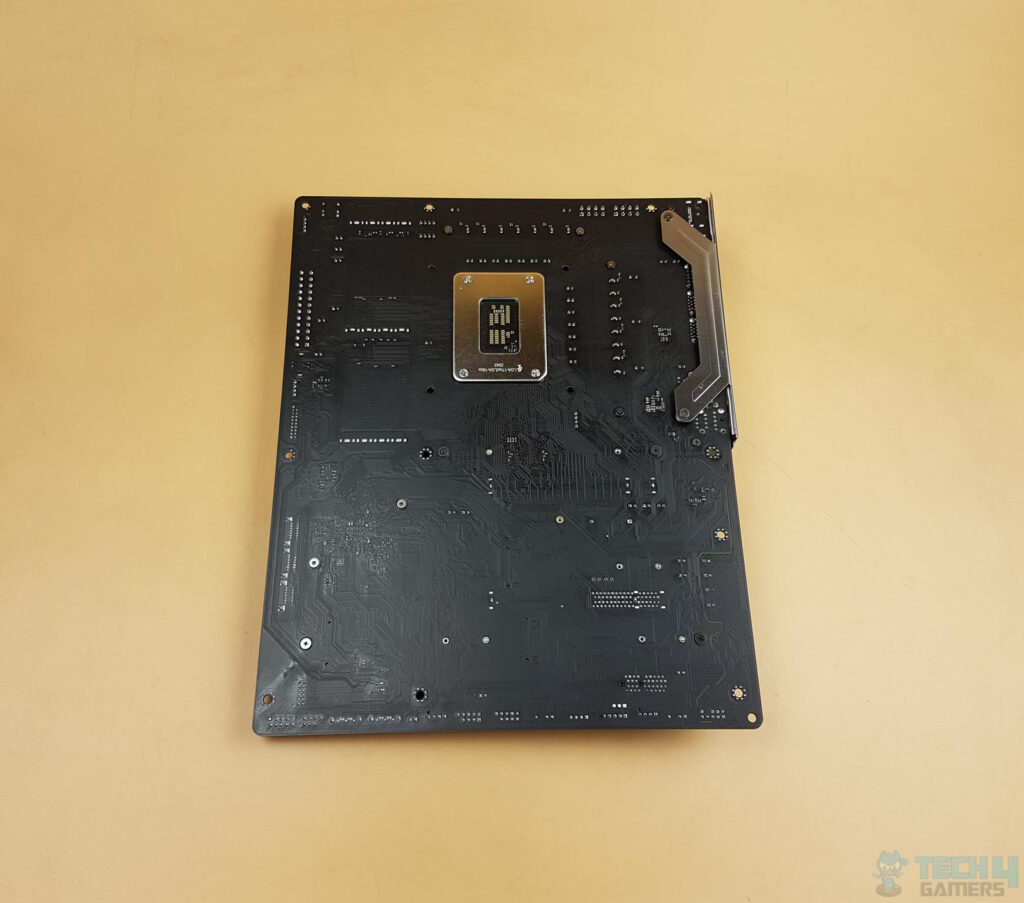
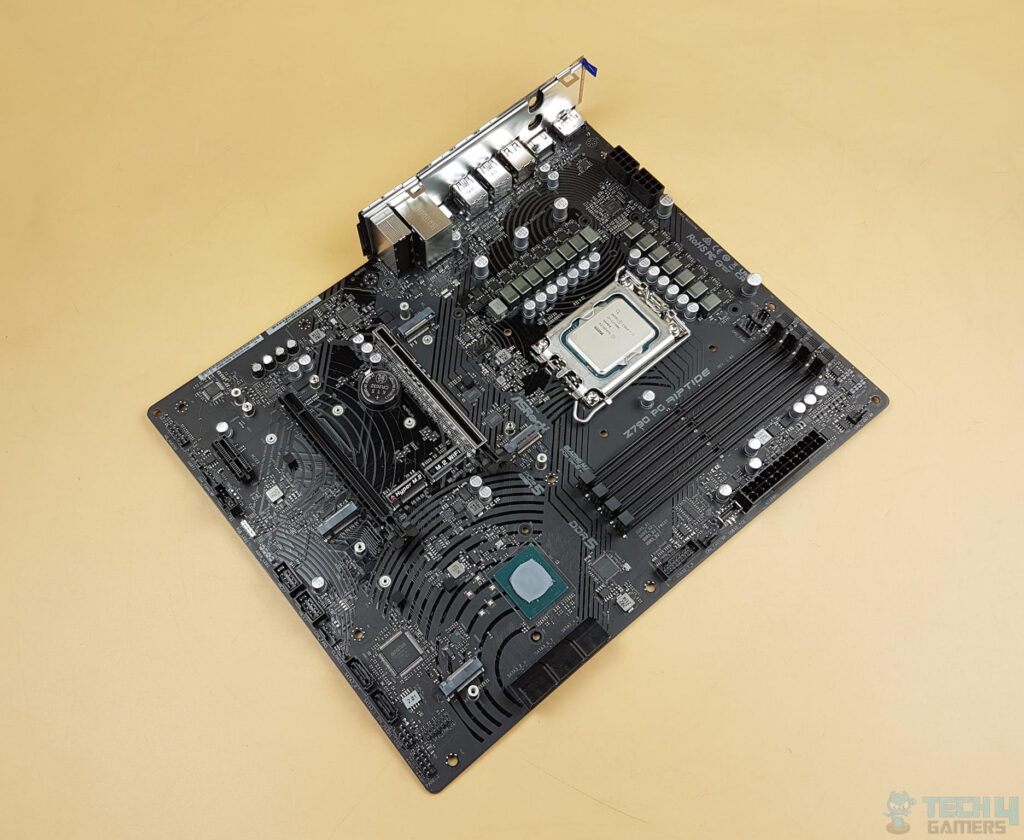
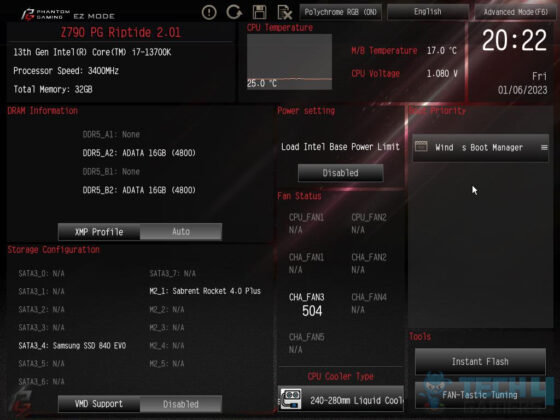
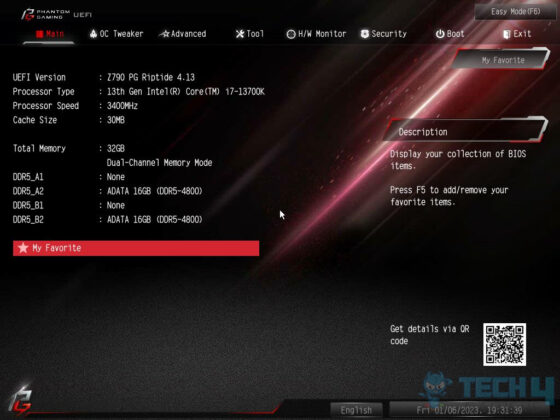
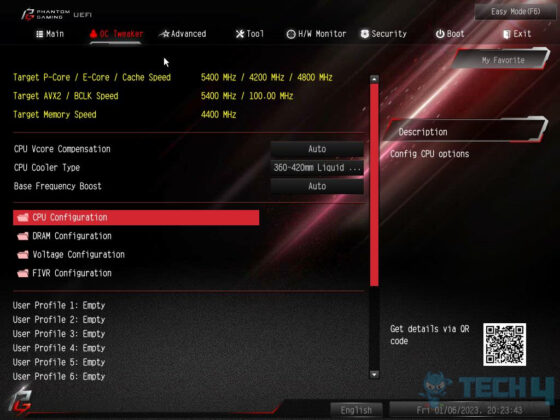
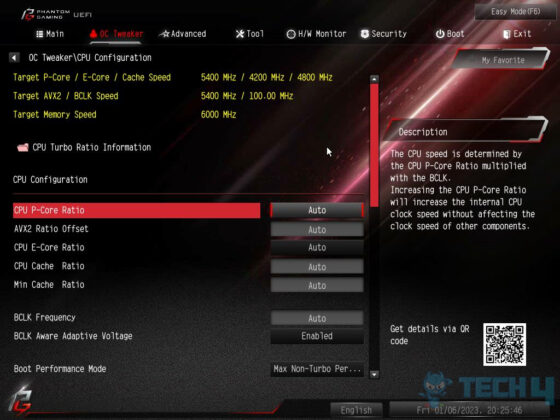
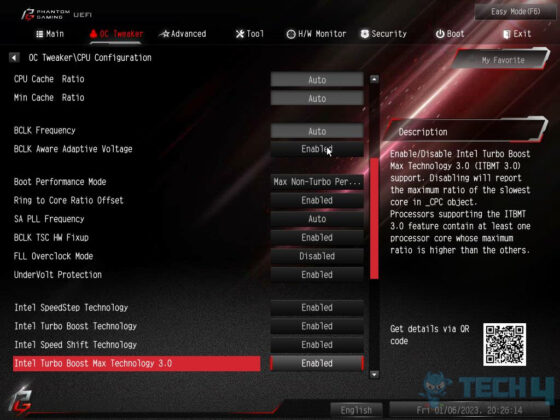
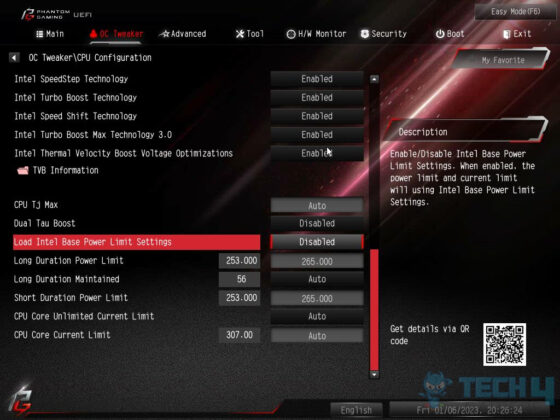
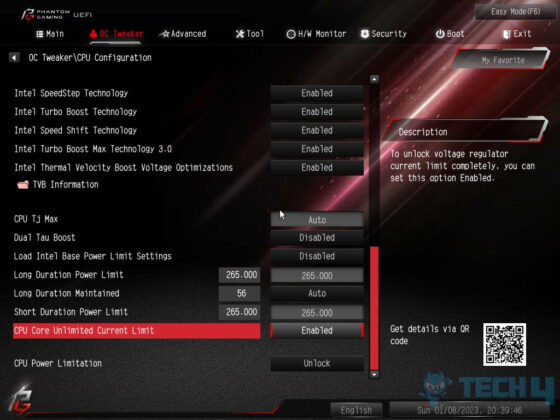
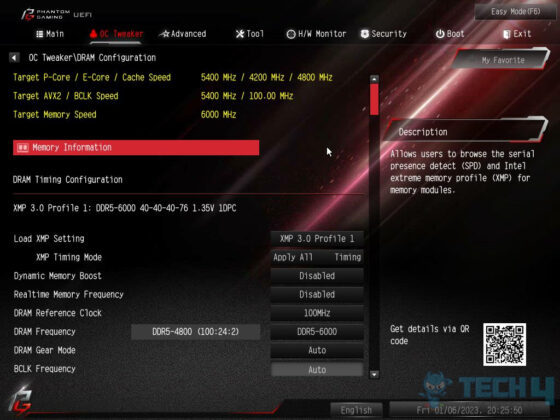
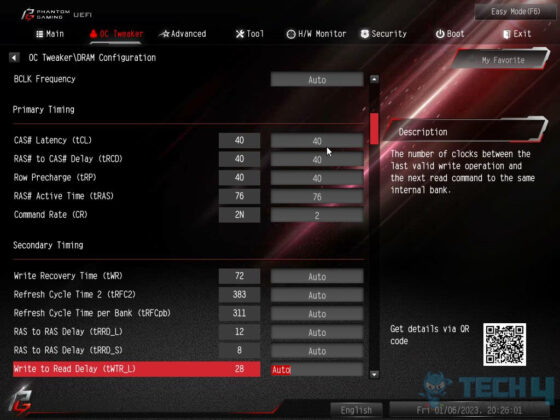
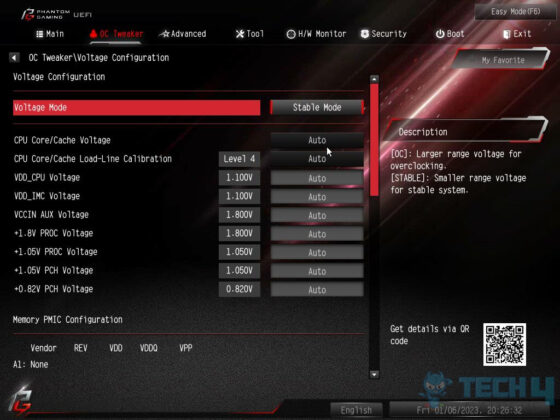
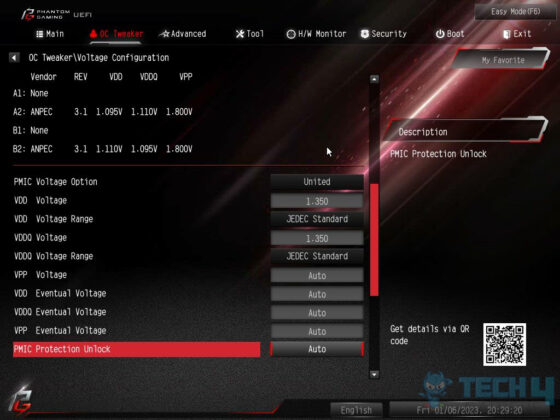
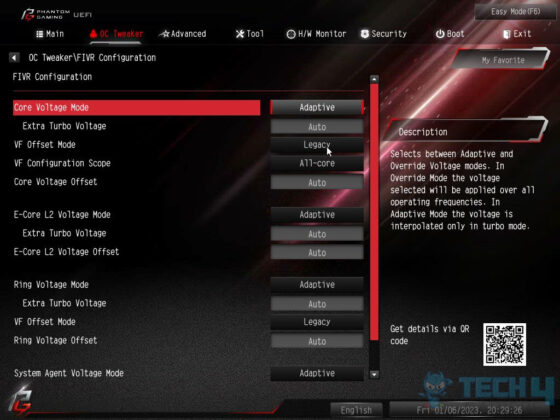
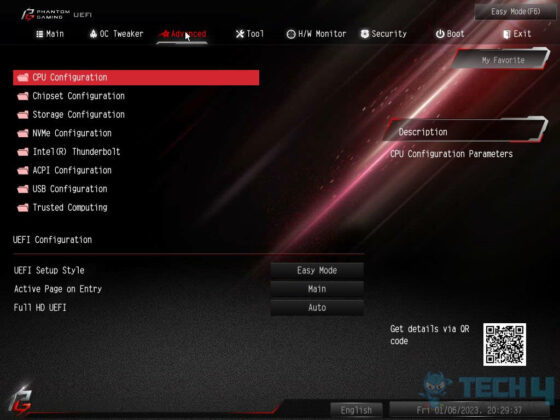
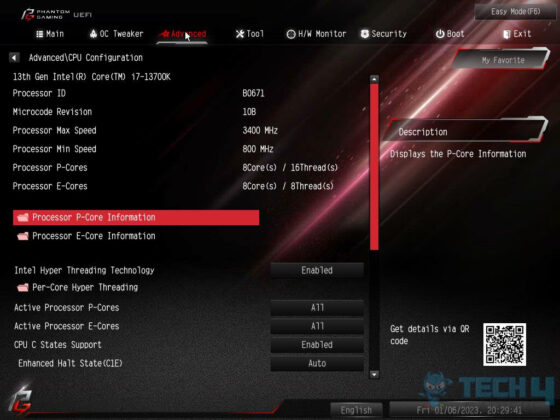
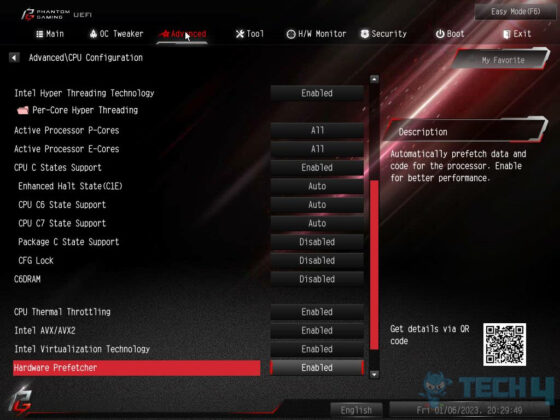
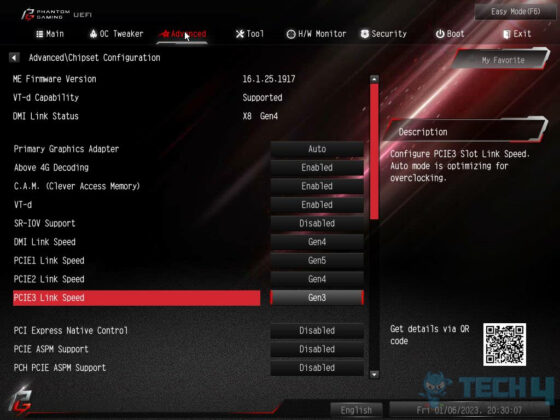
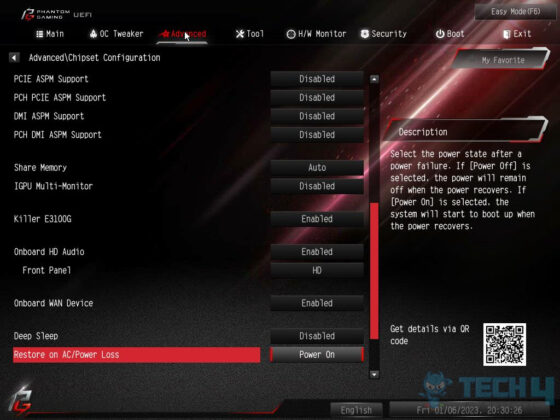
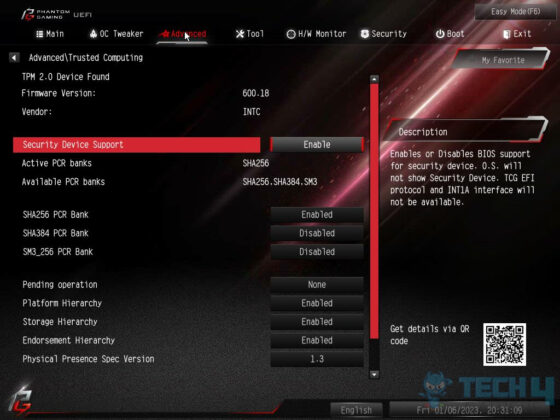
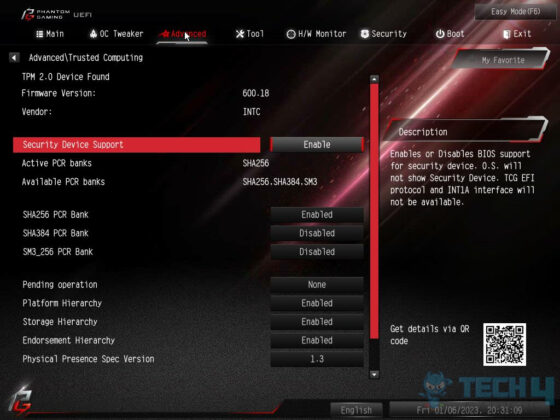
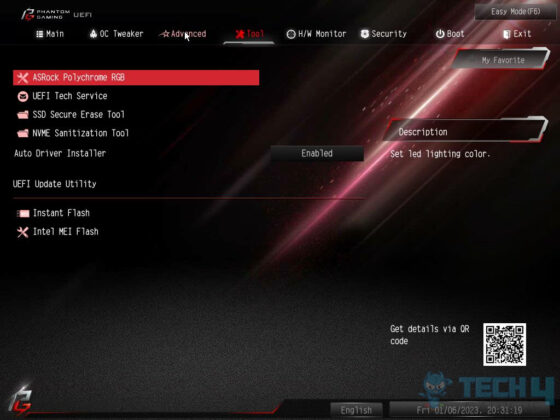

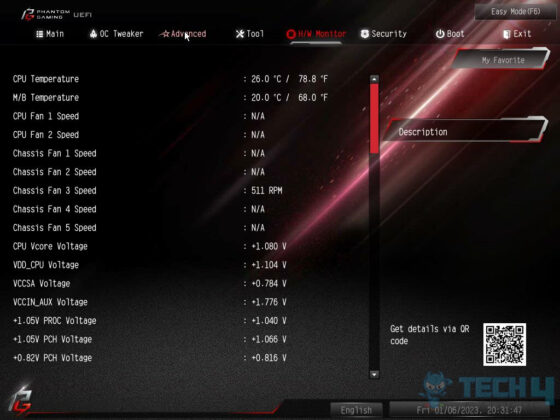
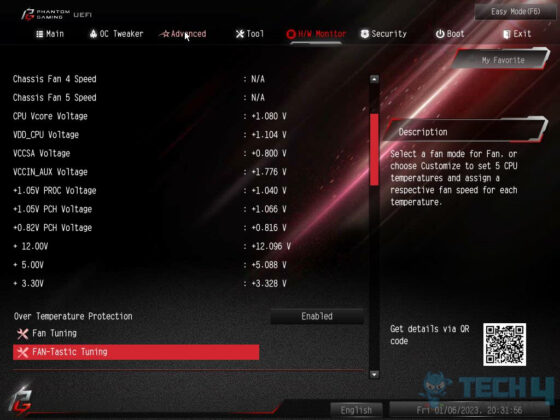
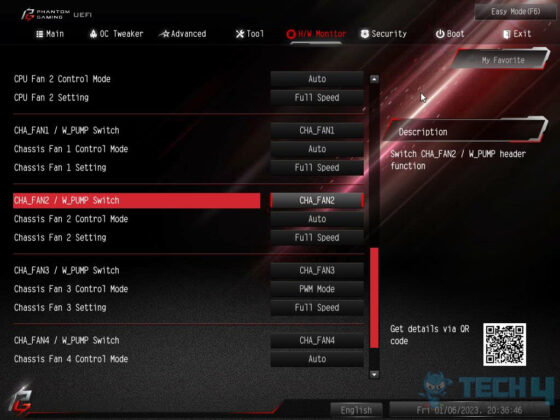
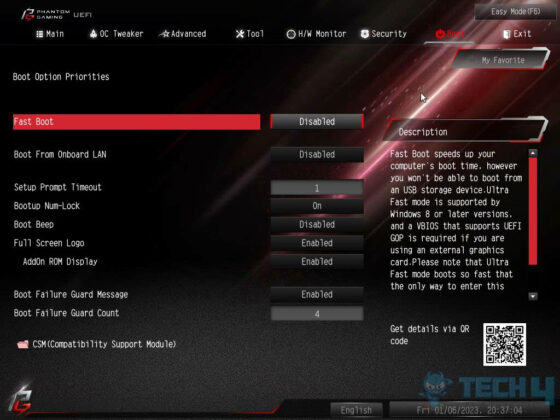
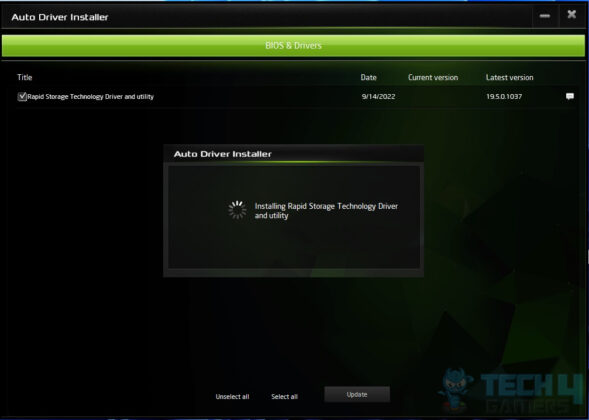

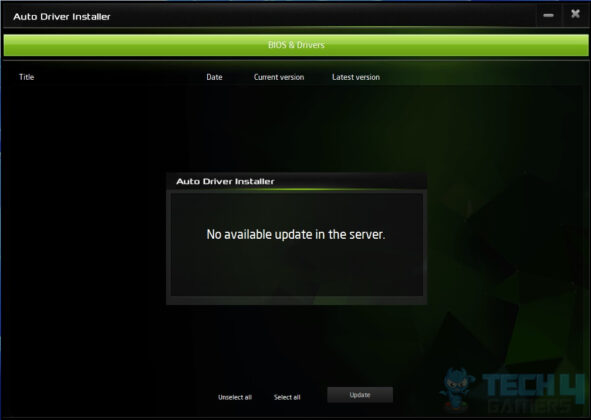
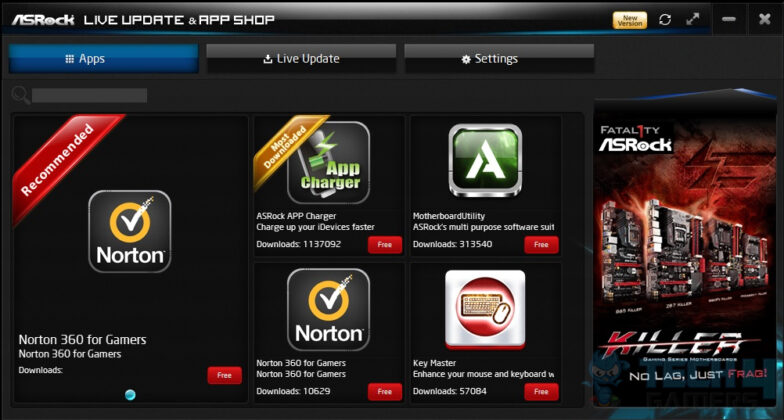
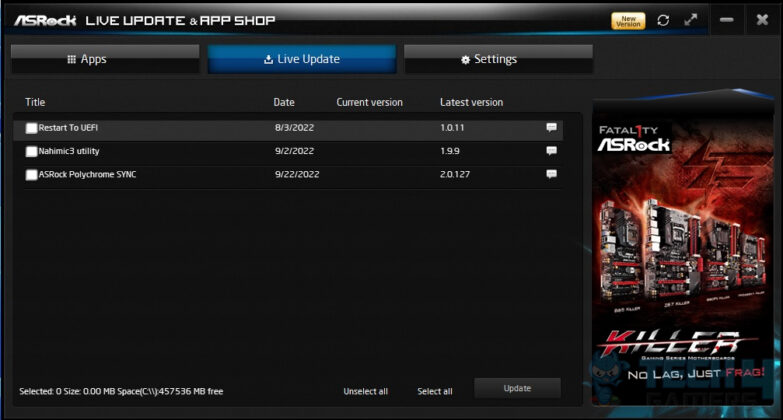
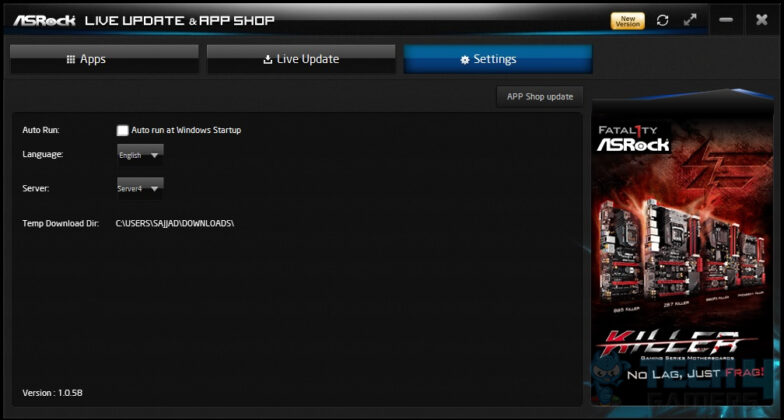
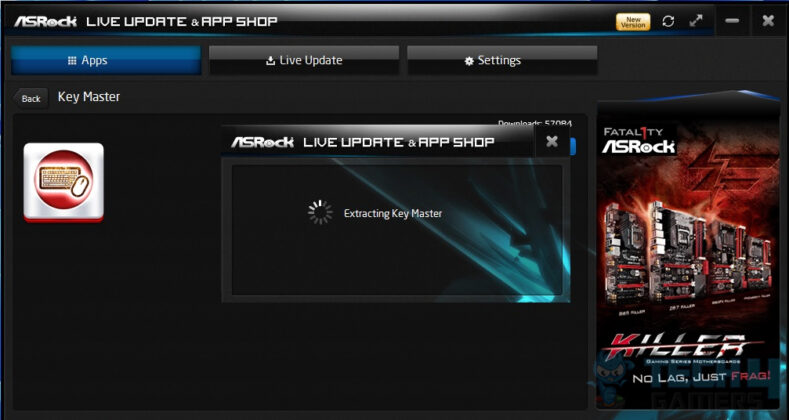
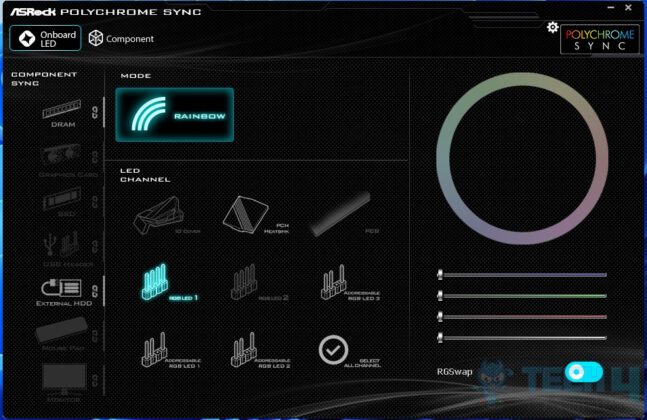
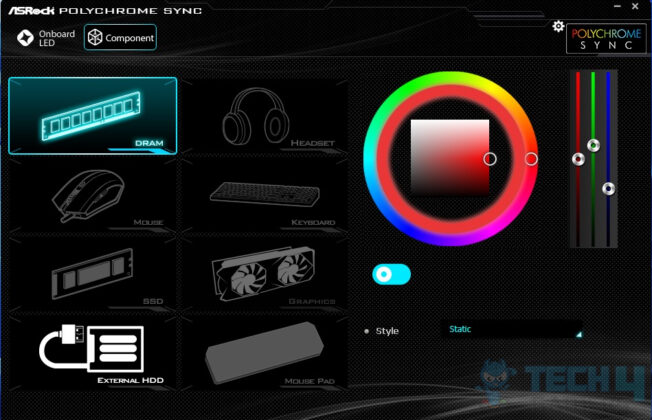
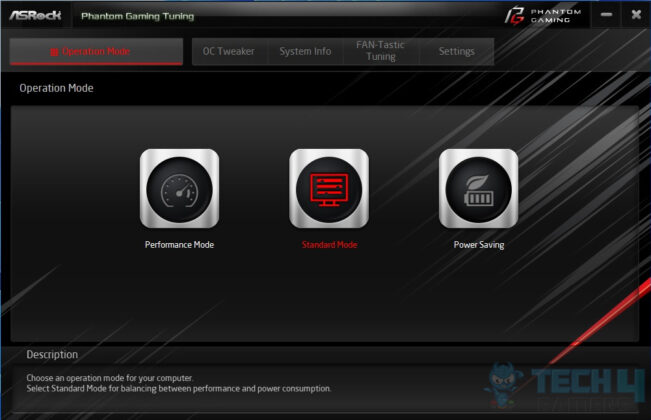

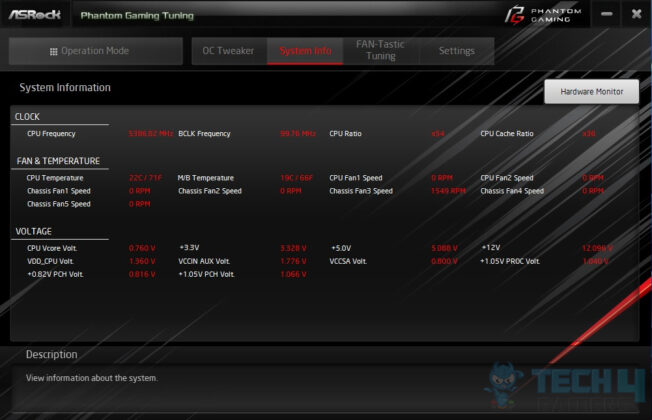
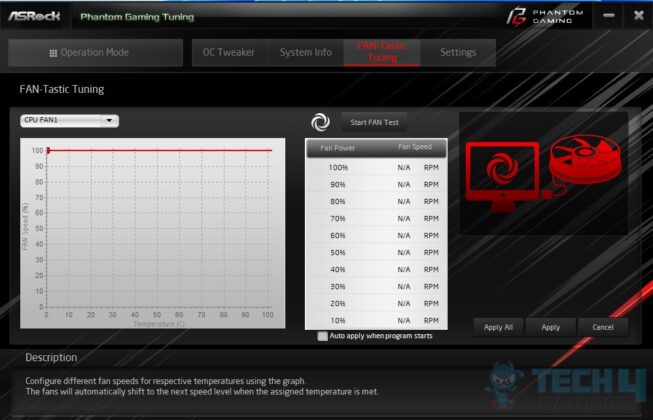
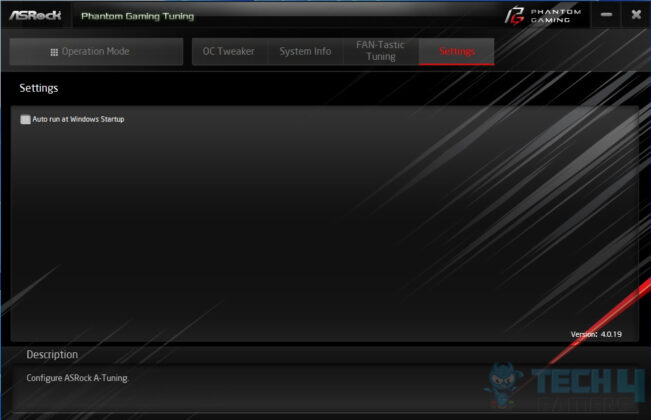
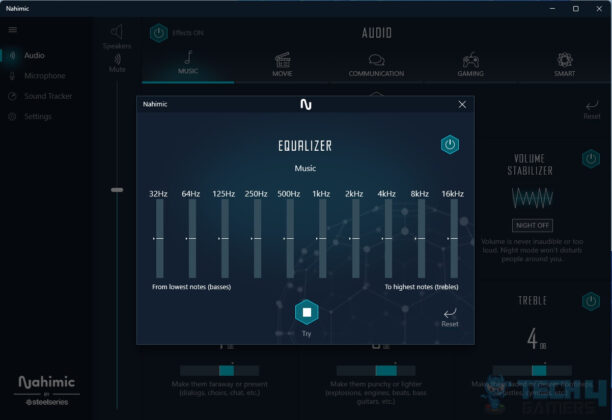
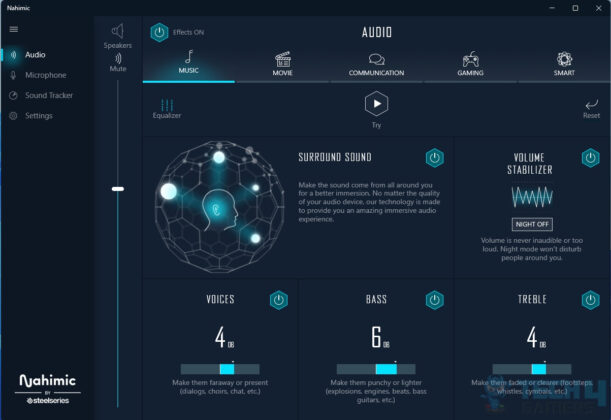
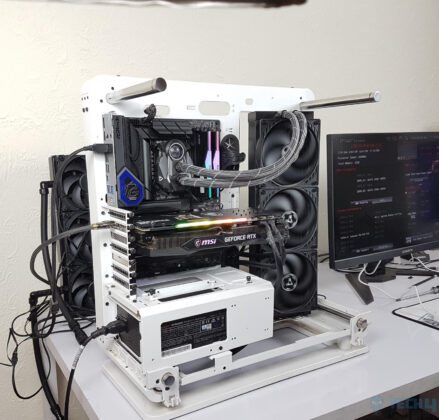
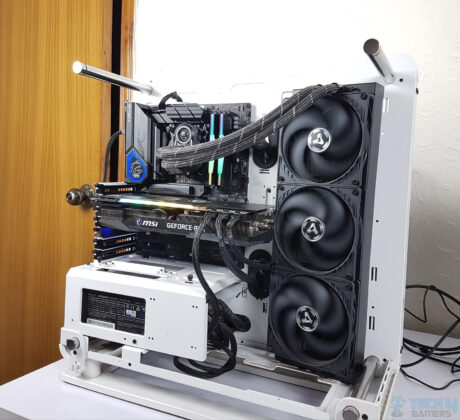
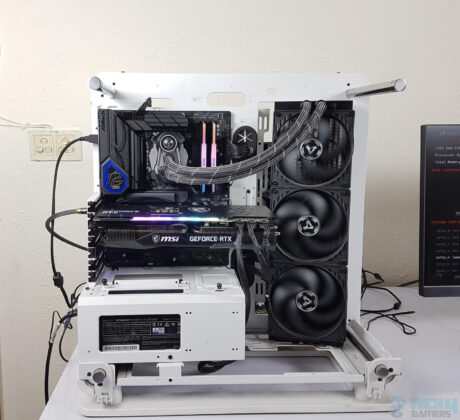
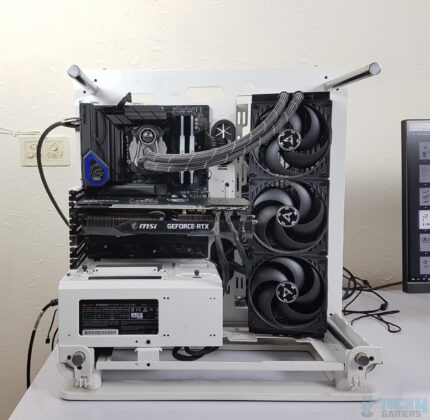
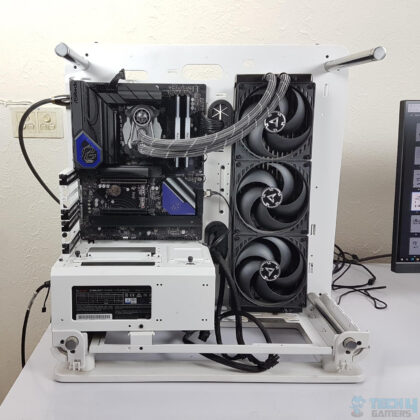
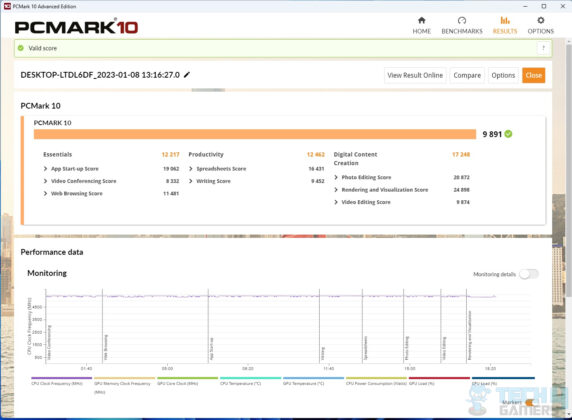
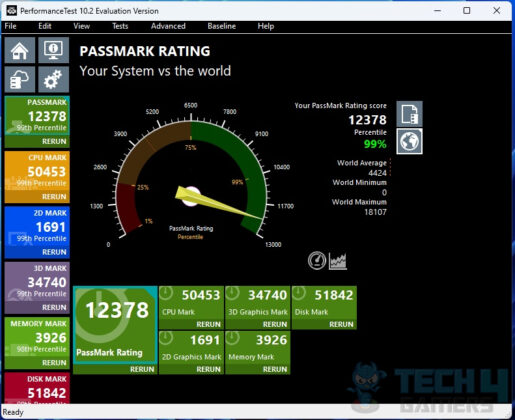
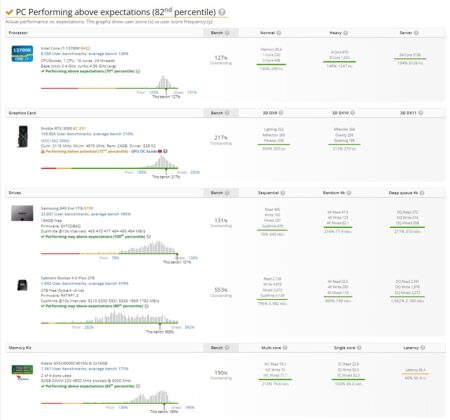
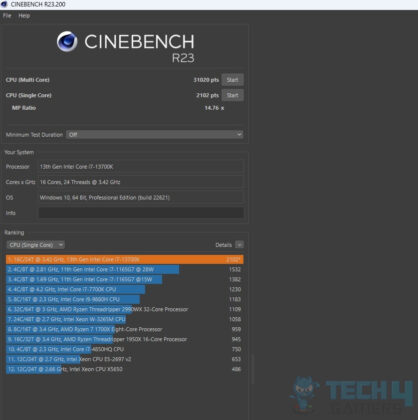
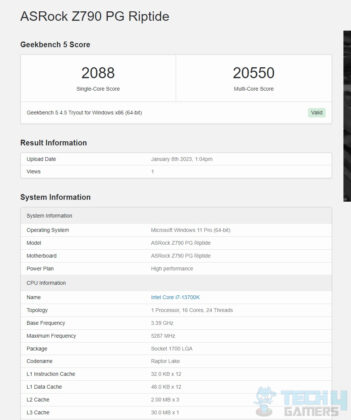
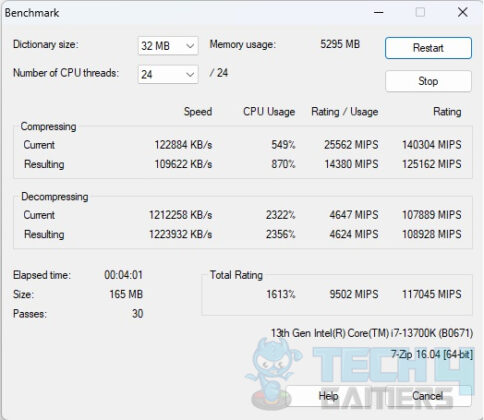
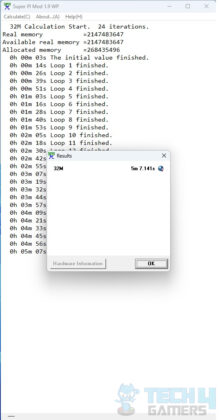
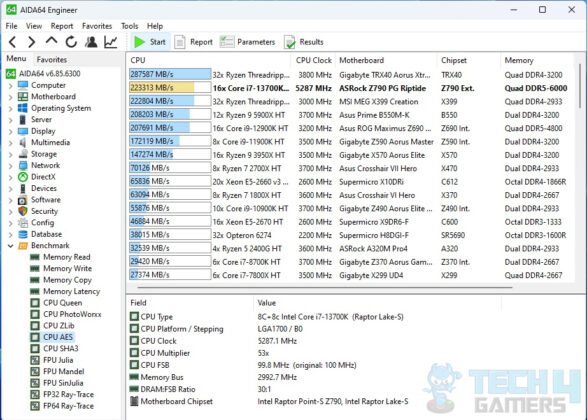
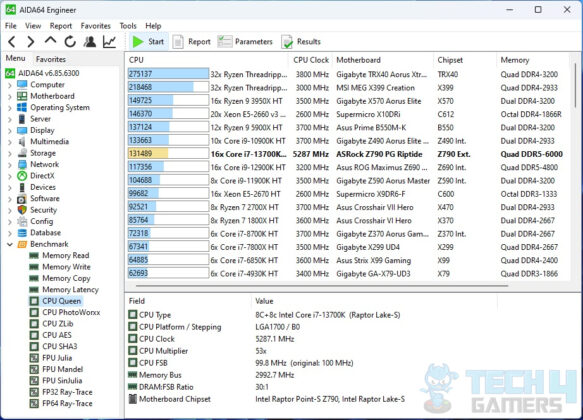
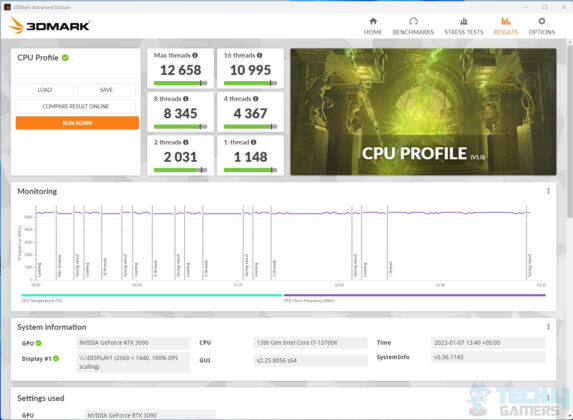
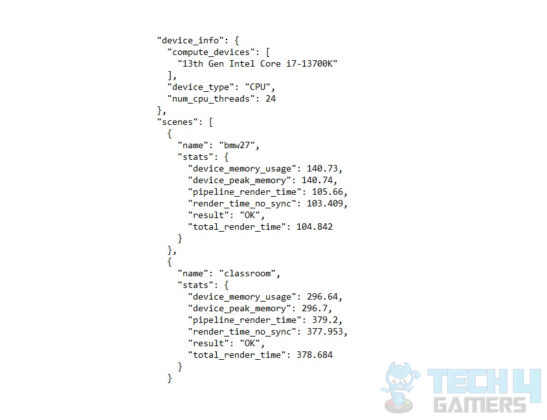
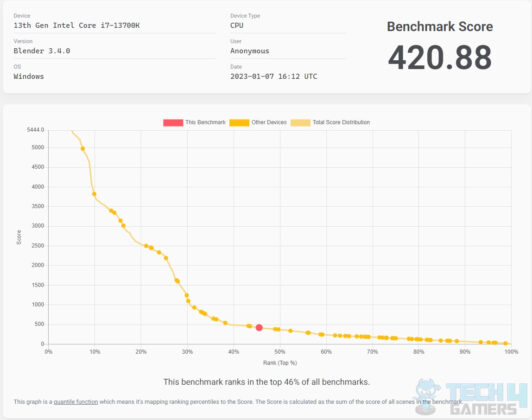
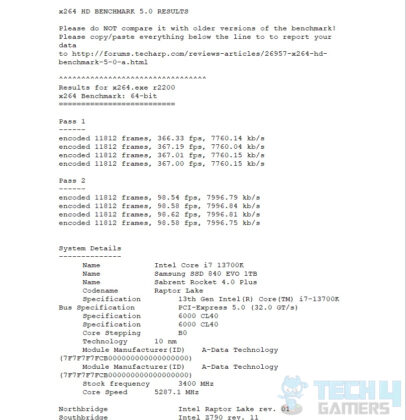

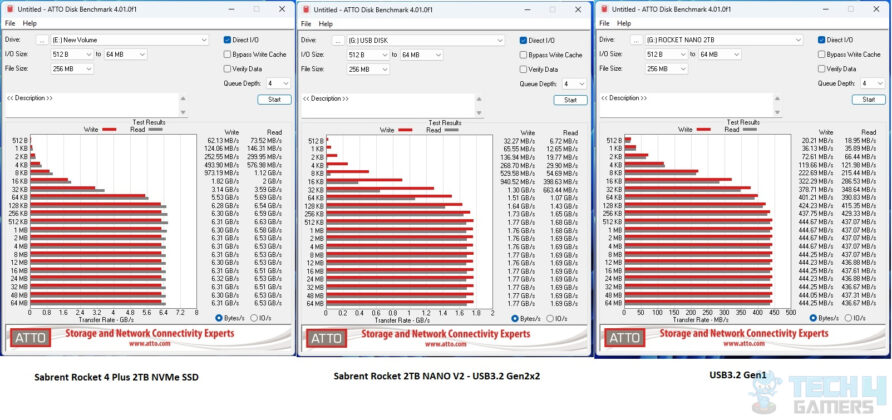

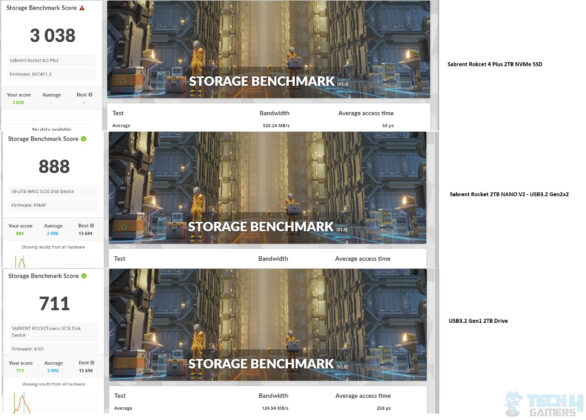
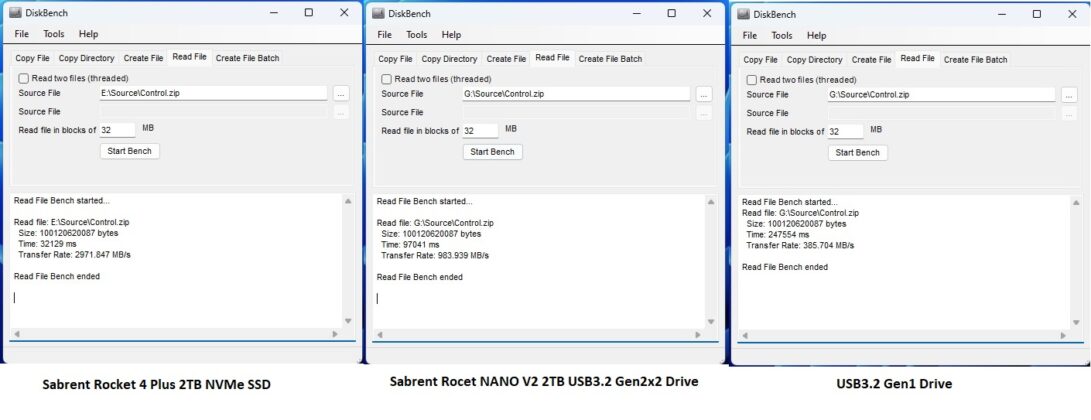
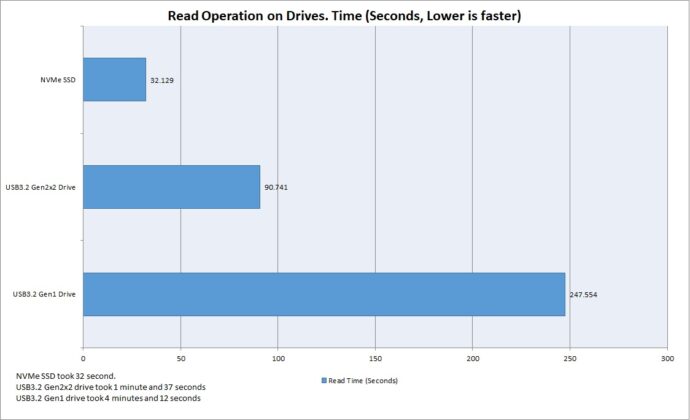
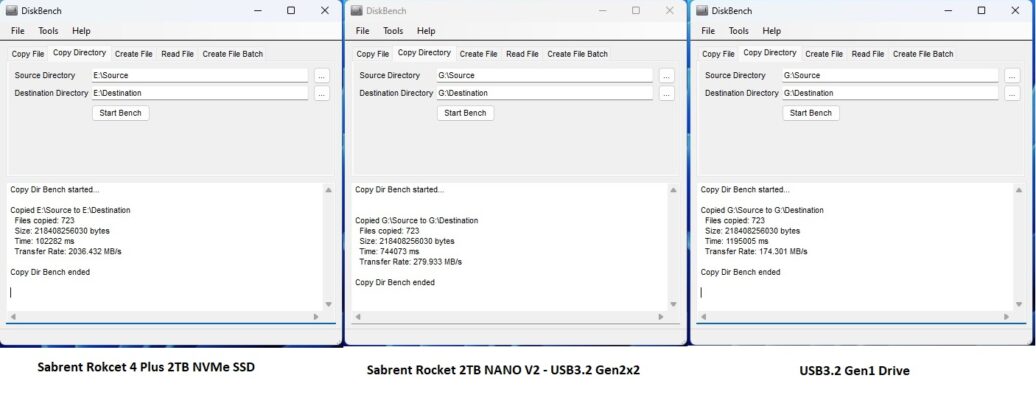
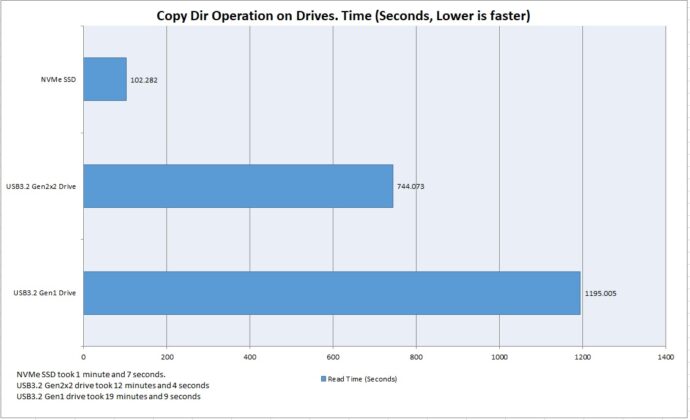
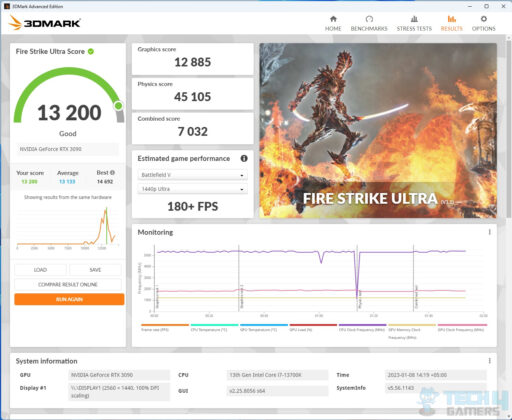
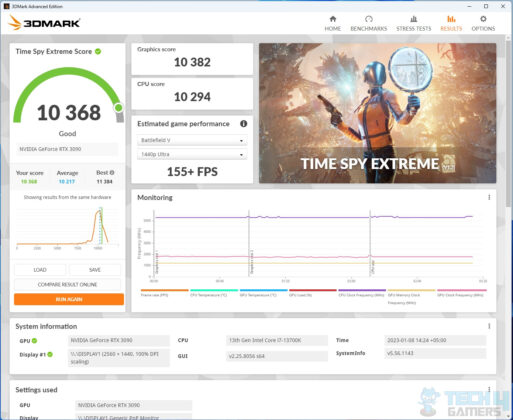
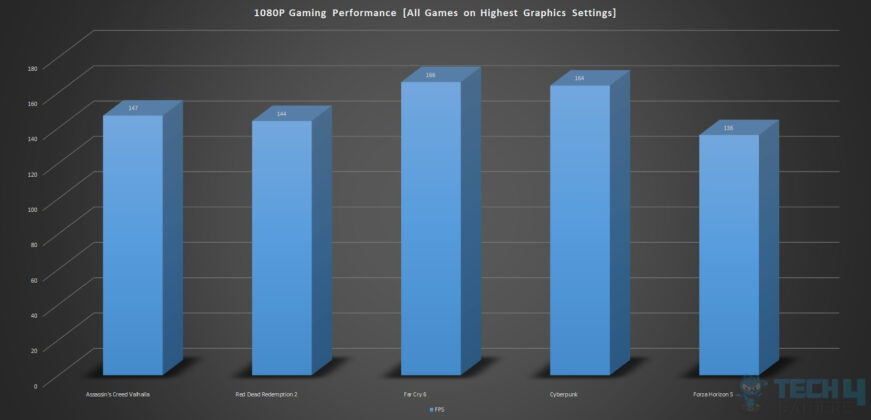
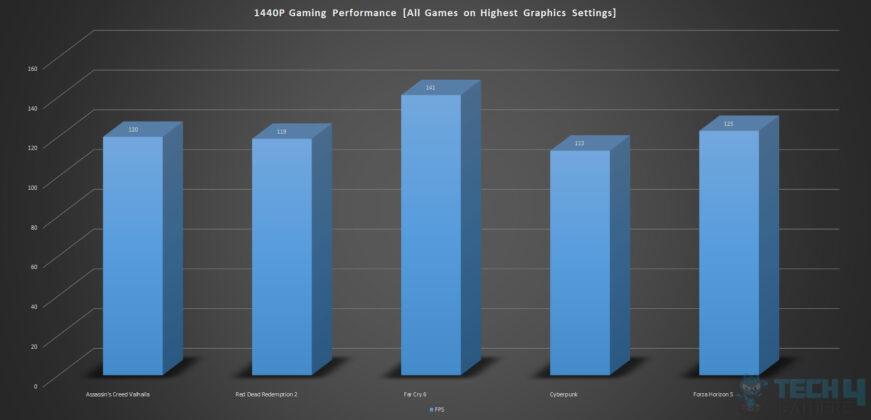
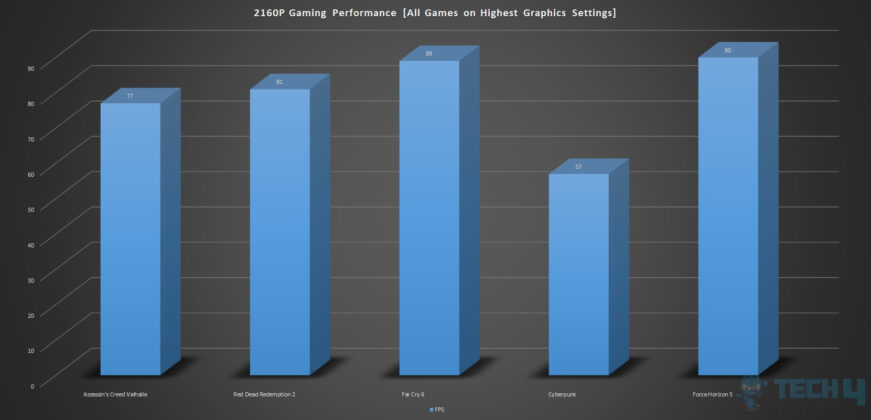
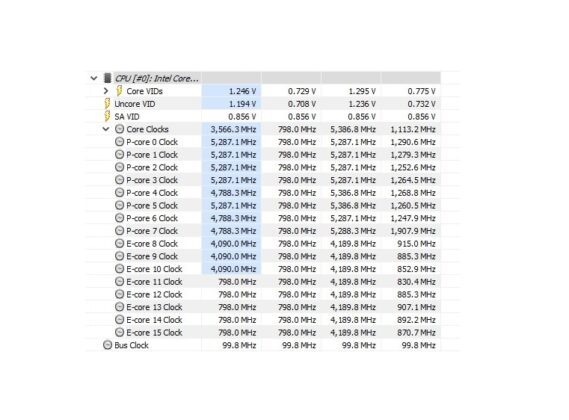
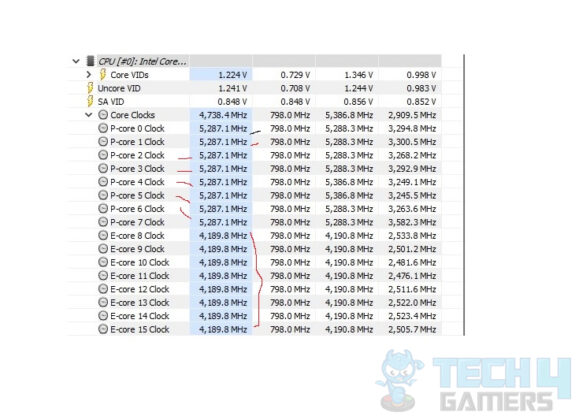
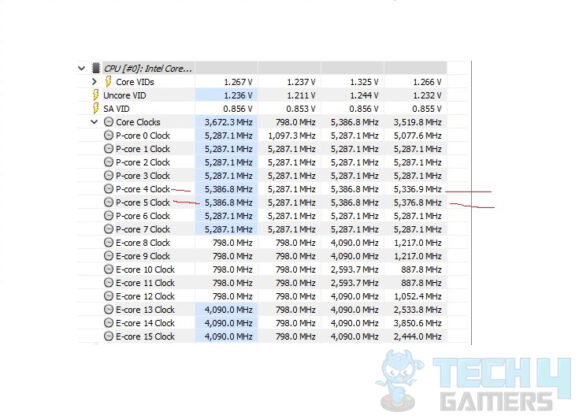
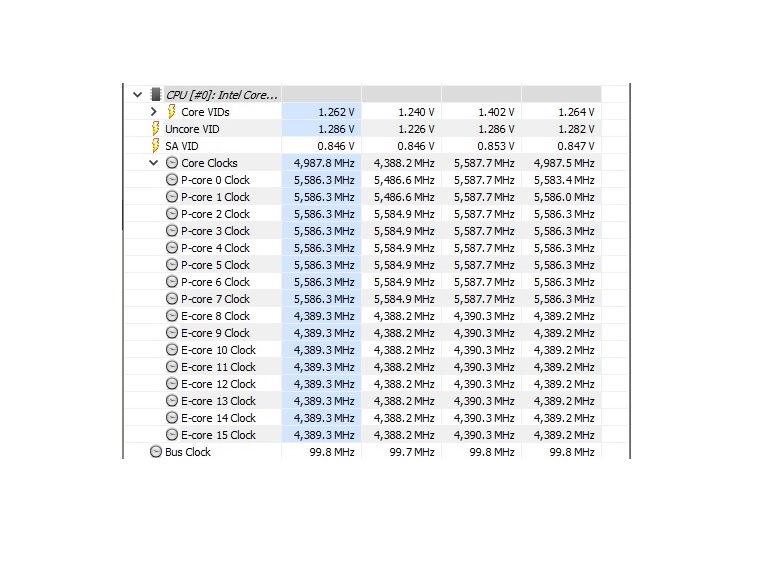

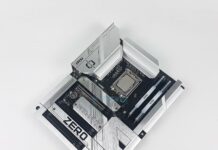
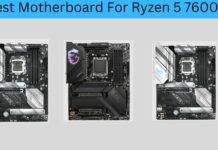
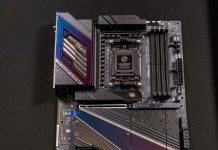
![The 6 Best X570 Motherboards [Updated] Best X570 Motherboard](https://tech4gamers.com/wp-content/uploads/2021/12/best-x570-motherboard-218x150.jpg)
